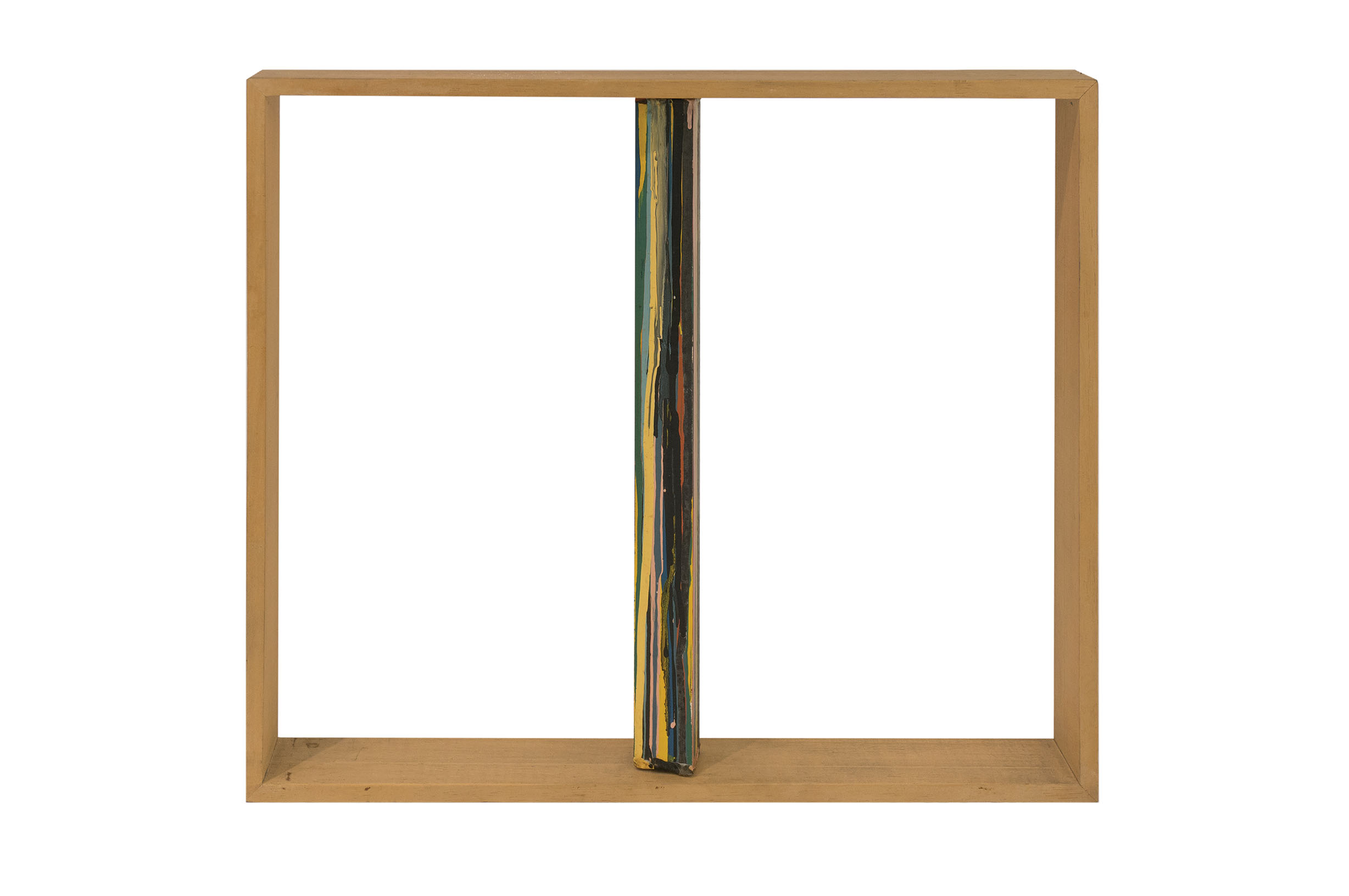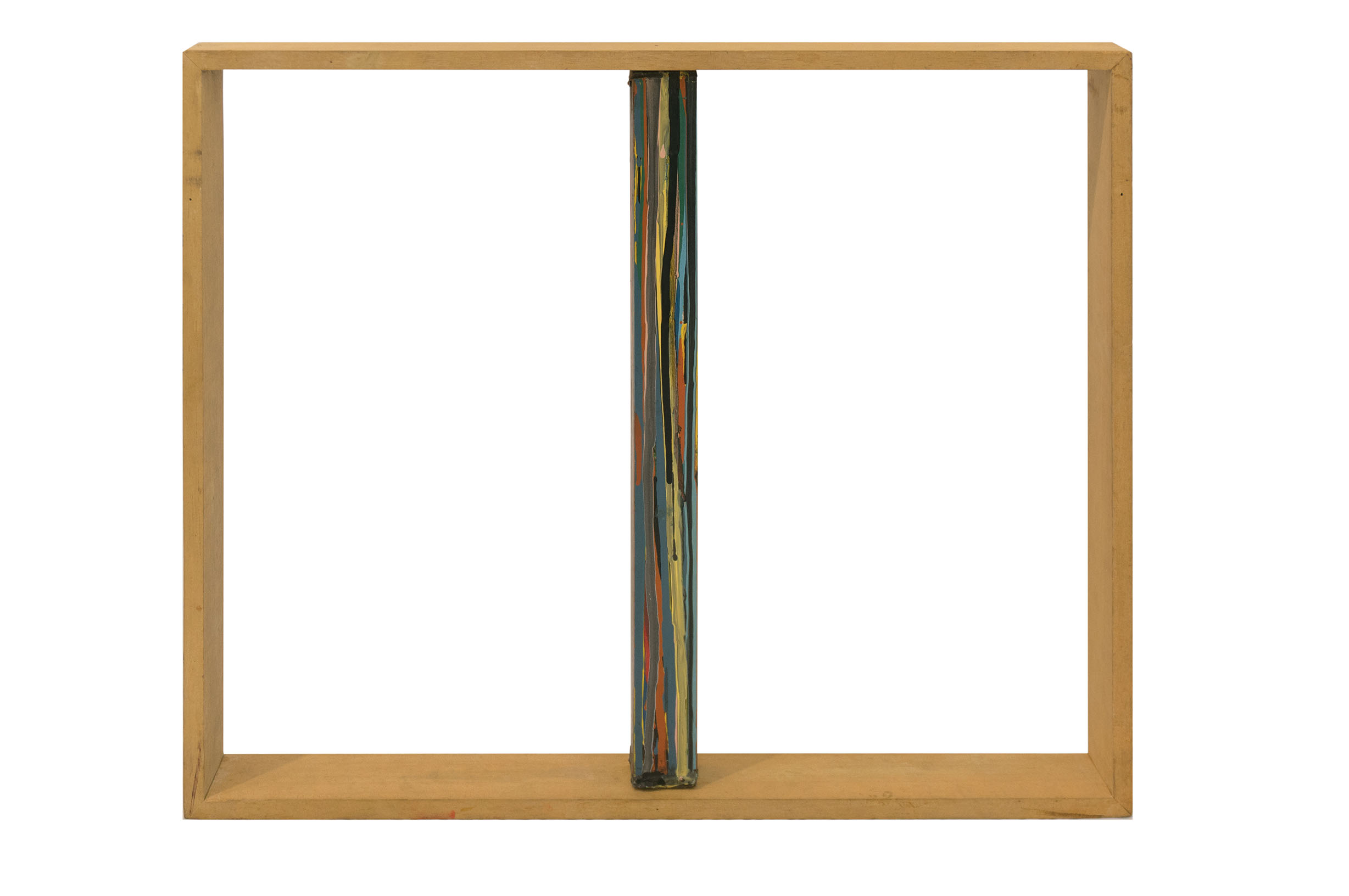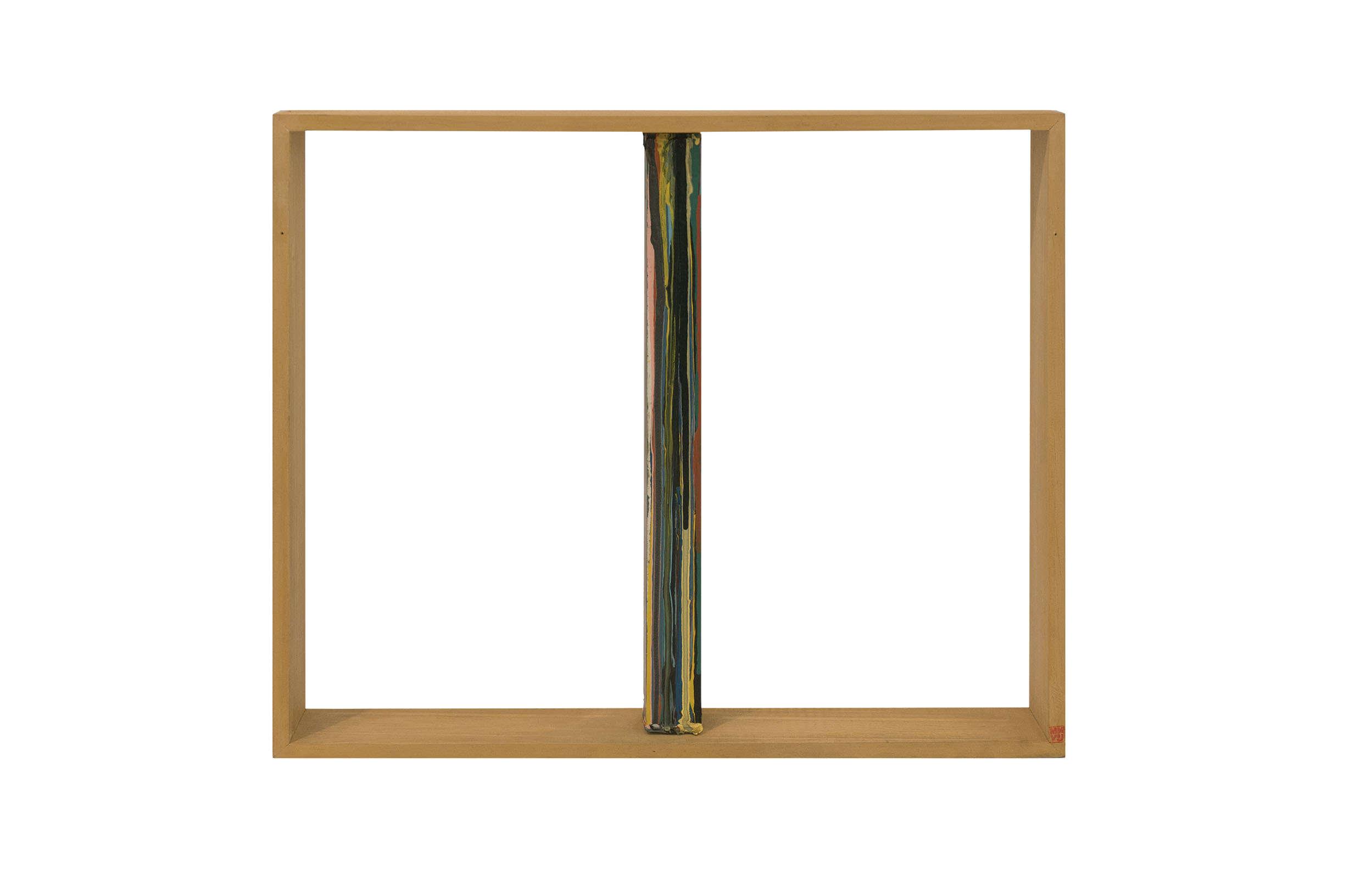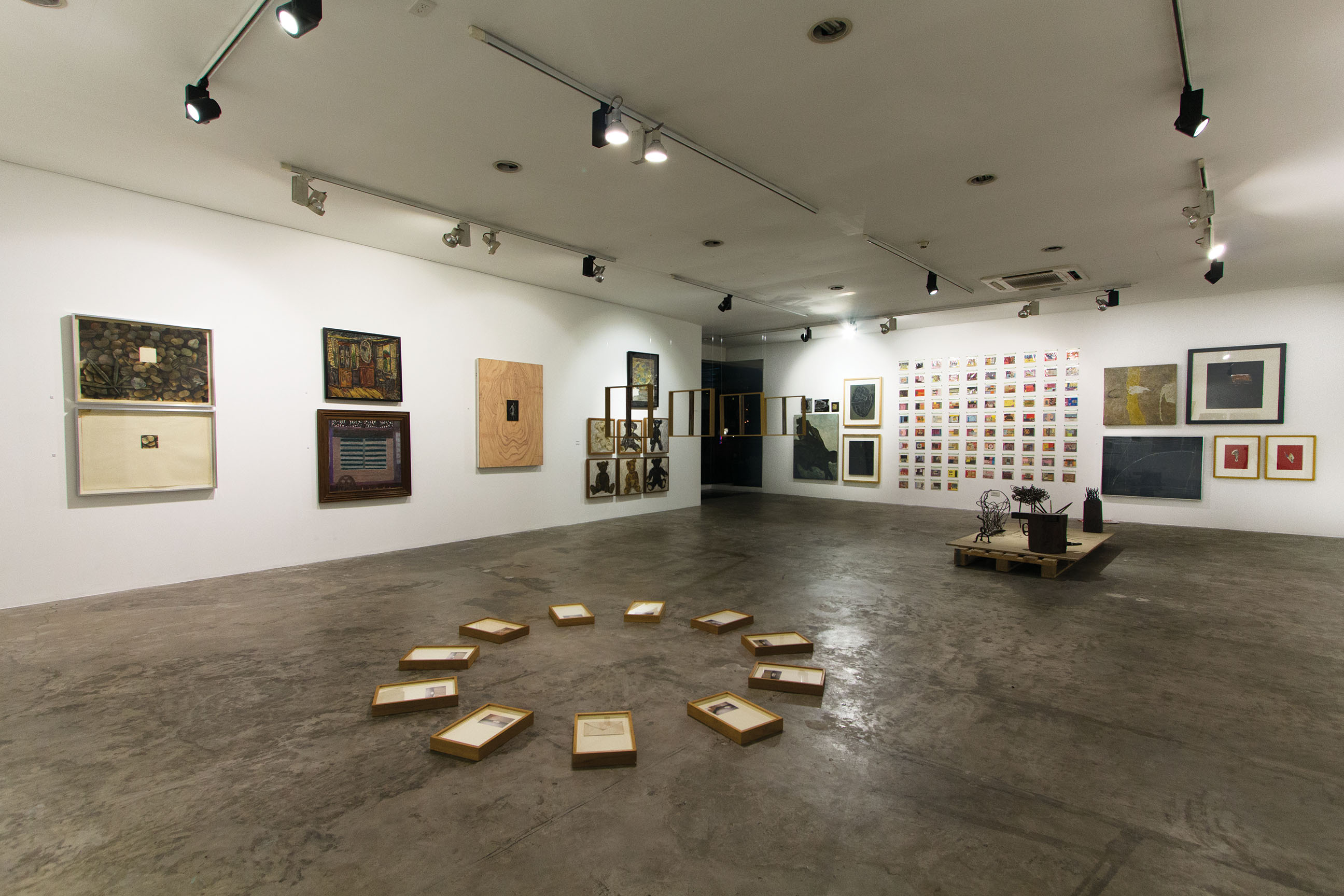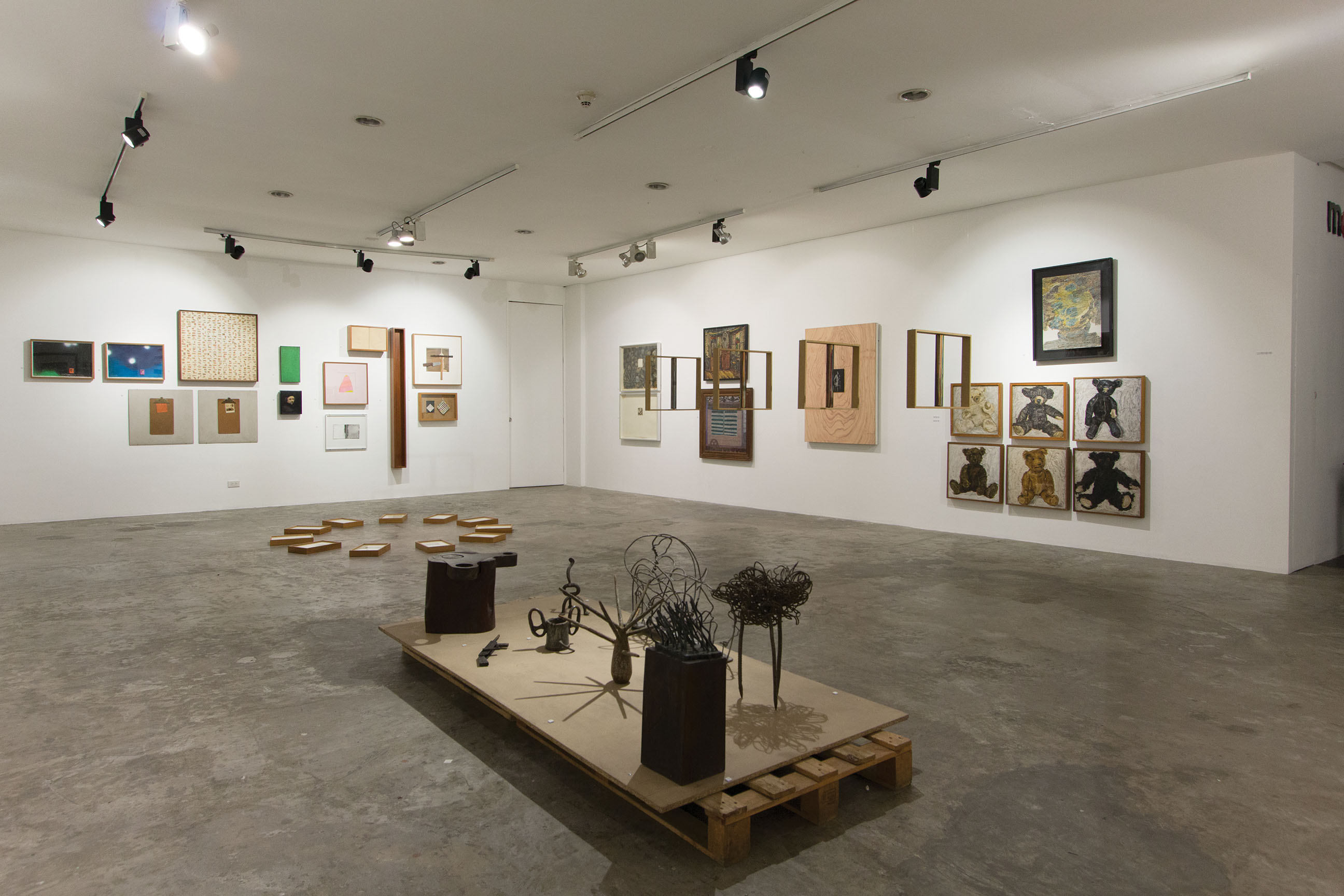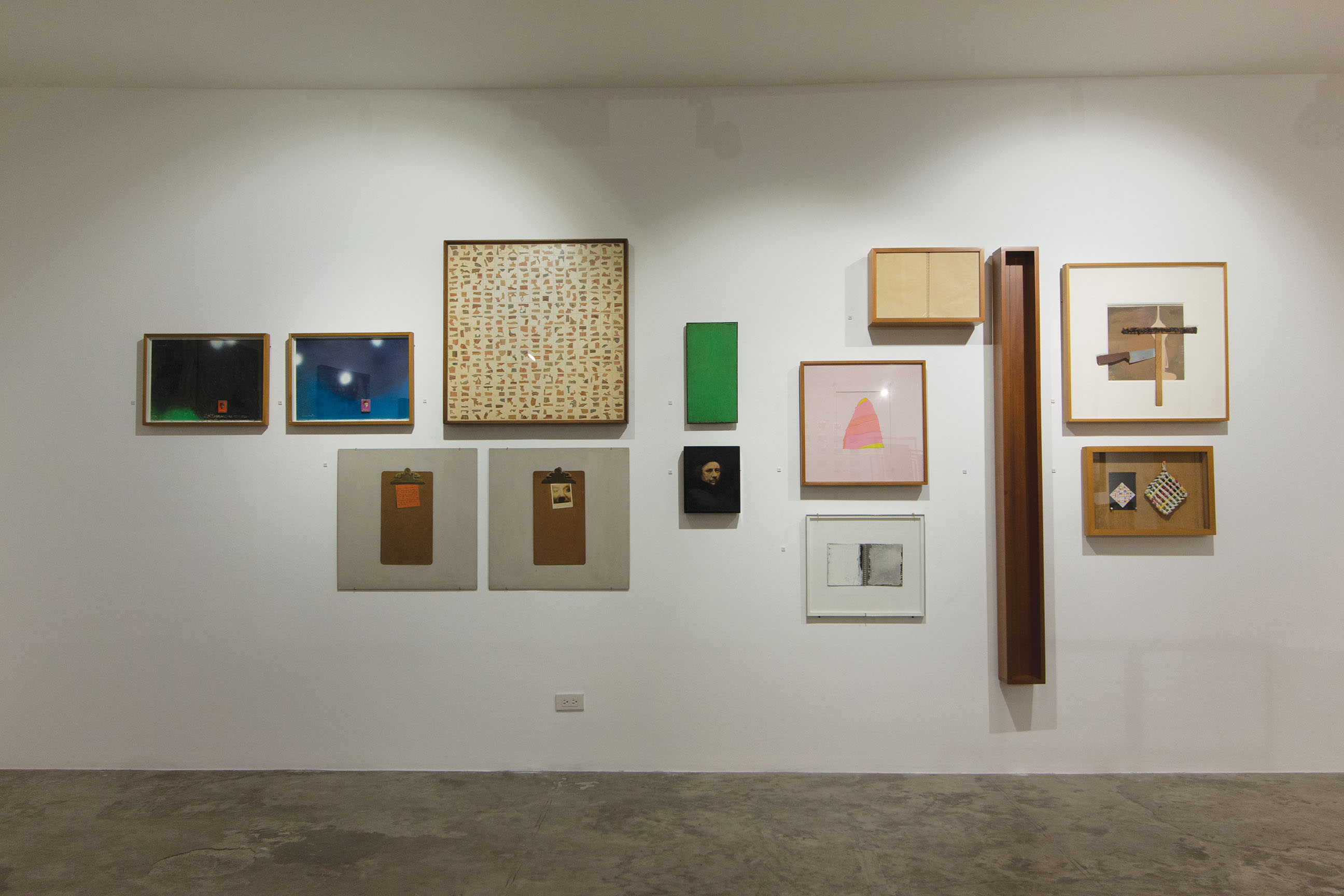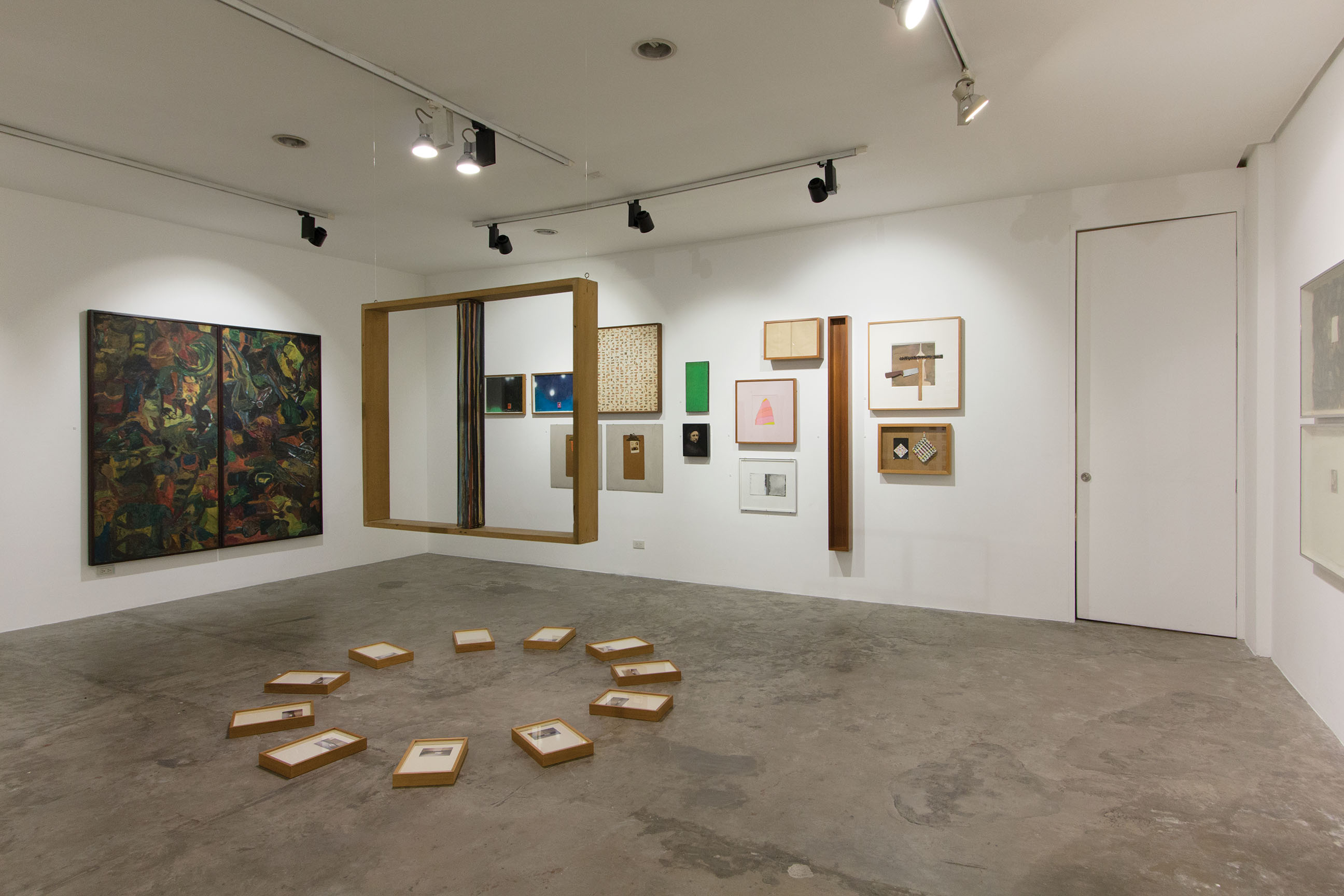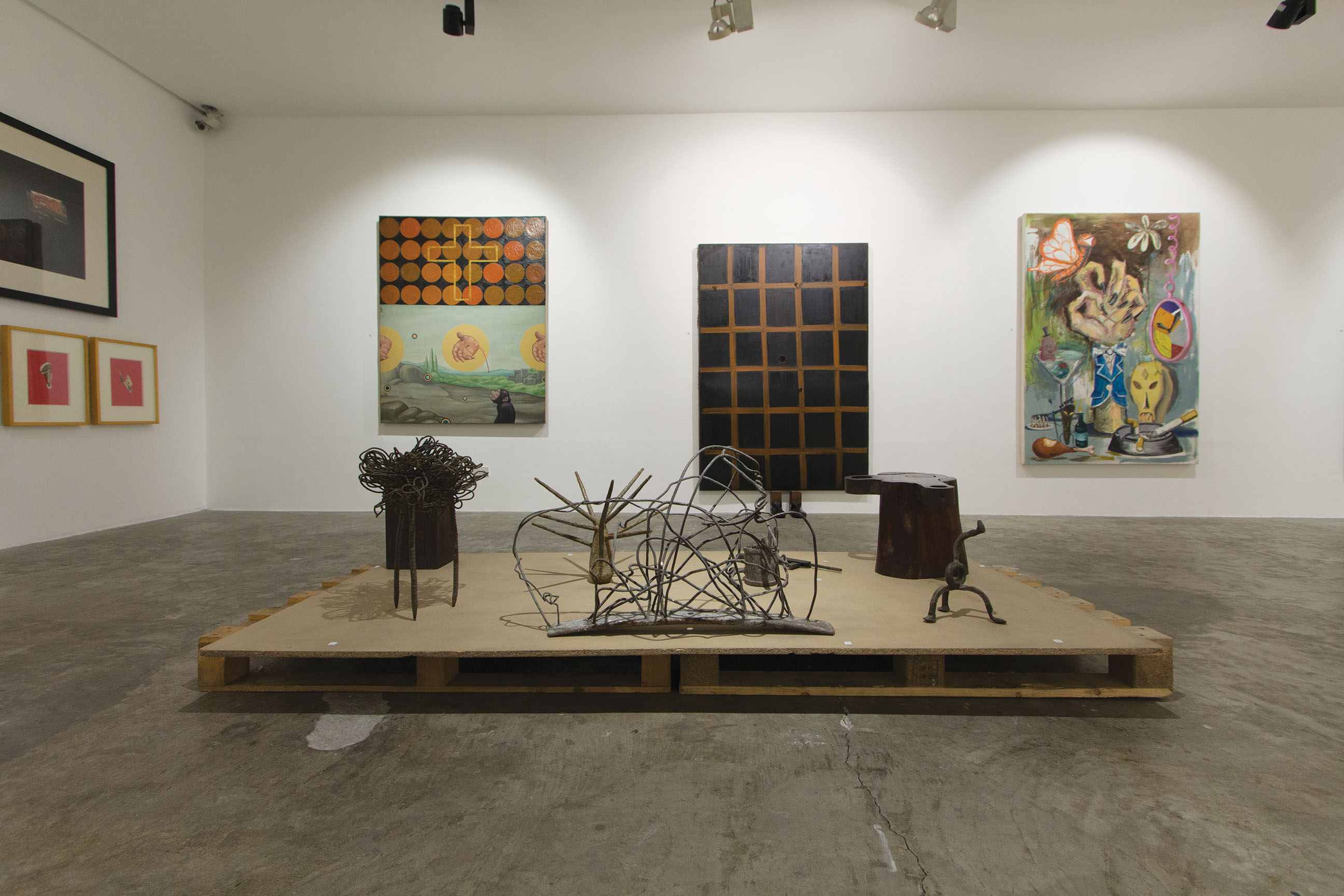COLLECTION OF THE ARTIST
Various Artists
Juan Alcazaren, Roberto Chabet, Pete Jimenez, Louie Cordero, Elaine Navas, Wire Tuazon, Yasmin Sison, Mars Galang, Bernardo Pacquing, MM Yu, Trek Valdizno, Cris Villanueva, Jr., Jayson Oliveria, Gerardo Tan, Lee Aguinaldo, Joe Bautista, Gus Albor, Francesca “Keka” Enriquez, Antonio Austria, Fernando Modesto, Soler Santos, Yola Johnson, Jaime de Guzman, Ringo Bunoan, Manuel Ocampo, Jonathan Olazo, Geraldine Javier
Juan Alcazaren, Roberto Chabet, Pete Jimenez, Louie Cordero, Elaine Navas, Wire Tuazon, Yasmin Sison, Mars Galang, Bernardo Pacquing, MM Yu, Trek Valdizno, Cris Villanueva, Jr., Jayson Oliveria, Gerardo Tan, Lee Aguinaldo, Joe Bautista, Gus Albor, Francesca “Keka” Enriquez, Antonio Austria, Fernando Modesto, Soler Santos, Yola Johnson, Jaime de Guzman, Ringo Bunoan, Manuel Ocampo, Jonathan Olazo, Geraldine Javier
17 September – 09 October 2016
Curated by
Nilo Ilarde
17 September – 09 October 2016

There are a few talking points that converge and make for a layered rationale for Collection of the Artist. About 10 years ago, exhibition curator Nilo Ilarde had an idea based on the action of collecting objects and materials as a work of art in itself. An aspect of conceptualism that was prominent in the 1970s and extending to proponents till this day, the method of collecting falls under the mode of art as a form of documentation—scoping, mapping, and the like, recording investigations and discourses.
Around this time, Ilarde took note of a few artists who produced works of art in the 1980s that relied heavily on the use of collected, banal objects. The level of such obsessive collecting bordered on the inane and the absurd: an example is an artist who collected the cut nails from both extremities up to a point he had collected more than a dozen jars of the dead tissue. And thus, this has given birth to the exhibition on hand.
The exhibition’s curator envisions the project in two-parts: the first part is a survey of artists who have collected the works of other artists; while the second part is foreseen to scope people who are not artists but have a plausible, if not audacious, collection of rarities that tops others. In mind are a furniture maker who collects all types of bricks used in constructing infrastructure from various eras, and a vinyl record store owner who owns a very vast collection of recordal bums in pristine condition.
In a healthy moment of reactive hubris, Collection of the Artist scopes the recognized norm of artists collecting the works of other artists. Given its prescribed parameters, the exhibition celebrates this unique exchange and looks into the psyche of the artist-collector in his / her appreciation of the works of others in the same practice—a peer, a mentor, or a protégé. Realizing something vital in an acquired work, the acquisition is not obligatory, yet brimming with personal affectations: a token of friendship or a validation of support.
An overriding criteria for the inclusion of works is that the work catches its author in his / her most unadulterated or uncontrived state—most likely it is in the artist’s early period of artistic production. In an important subplot, this heralds an opportune critique. In the wake of a burgeoning and highly commercializing art industry that continues to ram at the pillars of artistic integrity, this exhibition proposes a beautifully romanticized state of mind, where the artist was only left to himself without the trappings and temptations of financial success.
The chosen work from the collector’s vault epitomizes its author’s most vulnerable condition, struggling with his / her stylistic form and search for thematic content. This creative curve catches the artist without the pressure of the cognoscenti knocking at the door. The featured works are dazzling in their honesty, revelatory in their incubation stages, and delectable in the formed connections and influences that are opened ajar, laid bare for the viewer’s consequential reading. And both above-mentioned suppositions are applicable to the protagonists in the equation: the artist-collector and the artist whose work is collected.
This is an incisive idea for a survey that chronicles the movements, transactions, and provenance happening behind the scenes with the eventual success of works of art on hand. In a brave breath, this must be the truer tongue of taste and validation.
A glimpse of the loaded contexts on view is curator Nilo Ilarde’s own collection of a set of collages by Geraldine Javier exhibited at the now defunct Surrounded by Water Gallery during the 1990s. The said piece consists of 100 collages that are presented inside plastic zip-lock bags. Javier is now one of the most collected artists at any time and era, and deservedly backed up by a host of outstanding exhibitions she has accomplished in recent years. The set of collages on hand sees her as an upstart; exuding with talent, excellent draftsmanship, and conceptual guile—which translates to her recent work that pushes the boundaries of traditional painting while eloquently telling narratives of soulful meditations and urgent advocacies.
Another situation sees a handful of vanguard artworks lent by artist and designer Yola Johnson. The collection reprises the works from the conceptual spirit of the 1970s in Manila. A striking piece is Joe Bautista’s juxtaposition of a reproduction of one of Piet Mondrian’s “Boogie Woogie” paintings with a similar-in-shape triangular kitchen potholder. A staunch supporter and practitioner of the famed Shop 6, an initiative of a group of artists that propagated conceptualism, Johnson shares the group’s aesthetic and her impeccable artistic tastes translates in her other preoccupation as a lifestyle boutique entrepreneur.
In a reverse take is Elaine Roberto-Navas’ representation in the survey-exhibition. Her work is featured in three collections and validates her formidable stature and regard in the various generations of artists that admire her work. The set on hand is a series of stuffed-toy teddy bears she painted at the start of her career in the mid-1990s. It is also obvious to see how the painter’s influence has run through to the artists who have her works.
With these circumstantial examples, it is with enticing amazement to realize the network of exchange that has transpired over the years. It is an impressive index for audiences on either side of the equation—artists and collectors, and artist-collectors—as much as this covert aspect of the creation of the work of art is as vital as it is in any creative circumstance imaginable.
About the Artist
About the Artists

Juan Alcazaren (b. 1960) is a sculptor, bricoleur, collagist and object maker who works with a wide variety of materials ranging from construction steel to industrial and household detritus to ubiquitous everyday things like plastic monoblock chairs, school supply materials and melaware plates. Everything is material to him. In the 90’s he learned steel welding from Napoleon Abueva, CCP National Artist for Sculpture and has since always come back to this medium attracted by the way steel only “knows” how it wants to be formed. He always maintains a patina of rust on his steel pieces to show earthly life’s steady march towards death.
He tries to coax profundity out the ephemeral and overlooked in the world of the permanent and covetable. Alcazaren’s faith informed sensibilities make him see humble material as a metaphor for our own material nature, being creatures created by the Uncreated one. Juan Alcazaren has a bachelor’s degree in Landscape Architecture and studied sculpture the University of the Philippines where he also was a lecturer in 1995 at the College of Fine Arts. He was conferred the CCP Thirteen Artists Award in 2000. He lives and works in Pasig City, Philippines and continues to actively exhibit in major galleries and art fairs in his home country and around the region.

Roberto Chabet (1937–2013) was a pioneering Filipino conceptual artist, curator, and teacher. Known for his experimental works, ranging from paintings, drawings, collages, sculptures, and installations made out of mostly ordinary and found material, Chabet insists on a more inclusive approach to art. In his works, abstraction and the everyday collide, creating spaces for new meanings.
Chabet was the founding Museum Director of the Cultural Center of the Philippines (CCP) where he initiated the Thirteen Artists Awards in 1970 to support young artists whose works show “recentness and a turning away from the past.” After his brief tenure at the CCP, he led the alternative artist group Shop 6, and taught for over thirty years at the University of the Philippines, College of Fine Arts and at key artist-run spaces in Manila. Since the 70s until his death in 2013, he supported and curated exhibitions of young Filipino artists.
Chabet is the recipient of the JD Rockefeller III Fund Grant (1967–1968), the Republic Cultural Heritage Award (1972), the Araw ng Maynila Award for the Visual Arts (1972), and the CCP Centennial Award of Honours for the Arts (1998). He was posthumously awarded the Gawad CCP Para Sa Sining in 2015.
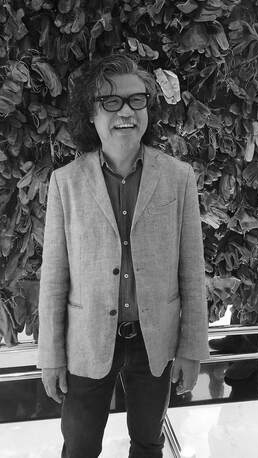
Pete Jimenez (b. 1960) is among the few Filipino sculptors who has consistently explored the qualities of scrap metal as a medium, transforming rusty and discarded shards from junk shops into visual puns and garage-produced gems.
He transforms hard intractible materials like iron into sculptural statements of wit and whimsy, mirth and merriment. Though the dynamics of imaginative collage-configuration, disparate pieces of raw material, divorced from their original context, find themselves in a new reality. This is the sculptural alchemy that is as formal as it is playful, wrought in the wonder of creation.
His sculptures achieved poise and dynamic balance smacked with eccentricity. Jimenez graduated from University of The Philippines College of Fine Arts in 1982, and has been actively exhibiting since 2000. To date, he has put up 16 solo exhibitions in the Philippines, and has participated in several group exhibitions in Manila, Singapore and Kuala Lumpur.
Jimenez was a Regional Finalist in the Art Association of The Philippines (AAP) 1998 Centennial Painting Competition For two consecutive years (2013 &; 2014), he won Second Place in the GSIS Annual Art Competition’s Sculpture Category Pete Jimenez was shortlisted in the 2013 Asian Cultural Council (ACC) Fellowship Grant in New York City.

Painter and sculptor Louie Cordero began an active exhibiting career while pursuing his Bachelor of Fine Arts at the University of the Philippines. After graduating in 2001, he became a core member of the painting collective Surrounded by Water and artist-in-residence with the artist-run initiative Big Sky Mind. His work explored imagery and narratives at the nexus of Philippine Catholicism, politics, mass culture, mining the collective consciousness of the Pinoy everyman with a humorous edge. He won the Grand Prize (Painting), 8th Annual Freeman Foundation Vermont Studio Centre in 2002-3. In 2005, he co-founded Future Prospects alternative art space. He is the creator of Nardong Tae, the underground comics of cult status in the Philippines.
Fascinated with kitschy outsider aesthetics and colonial-era leftovers, acrylic has become Cordero's medium of choice in painting since 2005 as he turned towards the super-flat aesthetics of spray-painted Philippine jeepneys and other waning commercial art forms. He received the Cultural Centre of the Philippines 13 Artists Awards in 2006 and earlier. Solo exhibitions overseas include DELUBYO (Giant Robot, Los Angeles, 2008), Actuality/Virtuality (3 Sogoku Warehouse, Fukuoka, 2003), Soft Death (Osage, Hong Kong and Singapore, 2009) and Sacred Bones (Jonathan Levine Gallery, New York, 2010). The recent years display an intensity in the bricolage-method of image construction that takes us through a thrill ride through unbridled imaginations and rerouted libidos, coupled with awkward rendering and visionary courage. His work has been included in World of Painting, Heide Museum of Modern Art, Australia, 2008; Coffee, Cigarettes and Pad Thai, Eslite Gallery, Taipei, 2008; Singapore Biennale 2011; the 14th Jakarta Biennale, 2011; and PANORAMA, Singapore Art Museum, 2012.
Cordero’s puzzling, imploring, and visually striking juxtapositions are often punctuated by blood and gore, as if to imply the history of violence and bloodshed that his nation and people have sustained. Cordero’s artwork makes references to his native Philippines, a nation rich with diversity—the result of multiple changes in political regime and subjugation throughout its history. With a complex mixture of eastern and western influences, the cultural fabric of The Republic of The Philippines is a unique combination of ethnic heritage and traditions, composed of indigenous folklore, Asian customs and Spanish legacy reflective in the names and religion.
Figures from Filipino mythology and its strong oral tradition are referenced through the artist’s gruesome monsters and zombies, while another source of inspiration derived from his nationality involves the Jeepney (U.S. military vehicles abandoned after WWII, and converted by locals to use as public transportation). Each Jeepney, unique and elaborately decorated in vibrant colors, features an ornate mash-up of pop and religious iconography. By combining these elements, varied and obscure (to Westerners), with imagery appropriated from Cordero’s assorted interests including kitsch, Indian advertising, cult American b-movies, and pulp horror, the contrasting influences reflect the complex diversity of the artist’s heritage itself.

It is with timelessness that Elaine Roberto-Navas (b. 1964) works her brush and palette over canvas. With subjects ranging from flowers to furniture, from the sky to water, she paints with oil in thick strokes; the object appears swathed in movement. Still life or landscape as they may be considered, they move with each glance, and if you stare, the motion starts to permeate outside the four corners of her paintings. What Roberto-Navas captures in her work is not merely an object in nature, but its spirit in movement, and together with her technique, artistry, and will, her paintings exist in a timelessness that might outlive us all, yet carry our humanity onwards.
Elaine Roberto-Navas graduated with BA in Psychology from Ateneo de Manila University (1985), and a Fine Arts degree, Major in Painting from the University of the Philippines (1991). Roberto-Navas has received various awards including the Jurors’ Choice Awards from the Art Association of the Philippines (1994, 1995), the Honorable Mention from the Philip Morris Philippine Art Awards (1995), and the Honorable Mention from the Philip Morris Singapore Art Awards (2002). She has shown at the Ayala Museum, Silverlens Gallery, Finale Art File, MO_Space, Art Informal, West Gallery, UP Vargas Museum, the Cultural Center of the Philippines, and Valentine Willie Fine Art in Singapore to name a few.

Wire Tuazon (b. 1973) is an artist and curator. He graduated from the University of the Philippines Diliman with a Bachelor’s degree in Fine Arts, Major in Painting. He is the founder of the artist collective Surrounded by Water in the 1990s, and was the President, and now Adviser, for the Neo-Angono Artists Collective. He was a recipient of the Cultural Center of the Philippines Thirteen Artists Award (2003), the Sangguniang Bayan Award for Visual Arts, and the residency grant of the Ashiya City Museum of Art and History from the Japan Foundation Asia Center (2001).
Tuazon has participated in international exhibitions in Milan, Beijing, Singapore, and Hong Kong, as well as locally, at events like the Tupada International Visual Performance Festival (2005, 2009), Art Stage Singapore (2015), and at spaces such as the Cultural Center of the Philippines, Silverlens Gallery, Pinto Art Gallery, and Finale Art File, Artesan Gallery + Studio, and Osage Hong Kong, to name a few.

Yasmin Sison (b. 1972) graduated from the University of the Philippines, with a Bachelor’s Degree in Humanities and then in the Fine Arts, Major in Painting. She was a member of the collective Surrounded by Water, and is the recipient of the Cultural Center of the Philippines Thirteen Artists Award (2006). She was also shortlisted for the Ateneo Art Awards (2007).
Sison has shown in both solo and group exhibitions locally and abroad since 1996, in spaces such as West Gallery, Valentine Willie Fine Arts in Malaysia, Artesan Gallery in Singapore, Artinformal, Manila Contemporary, Silverlens Gallery, Blanc Gallery, and the Owen James Gallery in New York, to name a few. She has participated in international group exhibitions in Belgium (2000), Singapore (2002), and Italy (2009).
Marciano “Mars” Galang (b. 1945, Cabusao, Camarines Sur) was awarded the M.M. Castro scholarship and studied in the University of the Philippines from 1962 to 1964, then BFA at UP 1966.
Galang is best known for his hard edge, minimal and conceptual works which he collectively calls “abstract painting”. Galang’s use of space, sparseness of presence, and an apparent attitude towards art as objecthood makes this a minimalist work. Works identified with those of Roberto Chabet, Lee Aguinaldo, and Ray Albano all of whom are involved in exploring processes and material outside the usual norms.

Bernardo Pacquing (b. 1967, Tarlac) currently lives in Parañaque City. He studied Editorial Design from the University of the Philippines College of Fine Arts. In 1999, he won the Grand Prize from the Art Association of the Philippines for an Open Art Competition (Painting Non-Representational), and was a recipient of the Cultural Center of the Philippines’ Thirteen Artists Award in 2000. In the same year, he was also given the Freeman Fellowship Grant at Vermont Studio Center in Vermont. Pacquing has shown in both solo and group exhibitions at various local and international venues such as Manila Contemporary, La Salle College of the Arts in Singapore, Osage Gallery Hong Kong, TAKSU Singapore, and Silverlens Gallery.

MM Yu (b. 1978) lives and works in Manila, Philippines. Her photographs evoke the ever-changing cultural texture and topology of Manila as seen through its inhabitants, the city’s infrastructure and its waste product as it archives not only the economy but also the ecology of life in the myriad forms it takes in the city.
These recorded static scenarios show through their thematic variety the artist’s interest in discovering and valuing the fleeting moment present even in its simplest components. The diverse elements in her works not only underscore the inability of photography to account for fractured temporality. Through her ongoing interest in deciphering the enigma of the unseen landscape of ordinary things, they also force us to rethink what our minds already know and rediscover what our eyes have already seen.
The impact lies in how photography is employed to investigate another subject namely that of memory. By consolidating a series of routine snapshots traversing the streets of Manila. The hybrid and density of MM Yu’s subjects remind us of how objects and signs are not necessarily self-contained but take part in larger systems of interaction.
MM Yu received her BFA Painting from the University of the Philippines and completed residencies with Big Sky Mind, Manila (2003), Common Room Bandung Residency Grant and Cité Internationale des Arts in Paris, France (2013). She is a recipient of the Cultural Center of the Philippines 13 Artist Award (2009), the Goethe Institute Workshop Grant (2014), and the Ateneo Art Awards (winner in 2007, shortlisted in 2011). She was also a finalist for the Sovereign Asian Art Prize (2010).
Trek Valdizno (b. 1968) is a graduate of the University of the Philippines with a degree in Fine Arts major in Painting. His works have been exhibited in Ayala Museum, Vargas Museum and Cultural Center of the Philippines. He also did commissioned and collaborative works in various international institutions in Australia, Hong Kong and France. His art is a conscious, spiritual practice that allows him to traverse through different brushstrokes resulting in large-scale compositions that engulf the viewer into its majesty and elegance. Breaking down the components of his works, you can see the fascination and careful consideration in the littlest- bit of elements.
The artistic practice of Trek Valdizno is prolific and is overarched by conceptual processes. Making work intuitively, and being directed by impulses toward the physicality of experimentation have never been lost to him. Aesthetically, his works become reduced to conclusive abstractions that curb both traditional craftiness and gestural maladroitness. The conditions surrounding them, however, involve a kindred toward materiality and a gesture that brings together calculation and chance. With a highly process-oriented practice, Valdizno builds up and breaks down issues of dimensionality and the painted surface. With non-conventional painting materials and surfaces, he portrays an appreciation of space, color and natural form.

Cris Villanueva, Jr. (b. 1959) graduated with a Fine Arts degree in Visual Communications from the University of the Philippines Diliman and a Bachelor of Arts degree in Political Science from the Philippine Christian University. He founded a creative collective named Madruguada, and was part of the well-known local artist collective, Salingpusa. He has received various awards including the Grand Prize (2005), Juror’s Choice (2006), and the Juror’s Choice Award of Merit (2010) of the Philip Morris Philippine Art Awards. He has had solo shows at the Boston Gallery, Mag:net Gallery, NOVA Gallery, Pinto Art Museum, and the Cultural Center of the Philippines, and joined group exhibitions shown at TAKSU Kuala Lumpur and Singapore, and the Institute of Contemporary Arts Singapore, La Salle College of the Arts.

Jayson Oliveria (b. 1973) graduated with a Bachelor of Fine Arts in Painting at the University of the Philippines. He is a recipient of the Cultural Center of the Philippines Thirteen Artist Award (2006), and Ateneo Art Award (2004), and artist residencies at Big Sky Mind Artists Projects Foundation in Cubao (2003–2004) and at Tetra Art Space in Fukuoka, Japan (2005). Oliveria has shown widely in both local and international galleries, including Surrounded by Water, The Drawing Room, Finale Art File, Ark Galerie in Jakarta, the Tate Turbine Hall in London, Galerie Zimmermann Kratochwill in Austria, Artinformal, and Freies Museum Berlin, and VOLTA12 in Markthalle, Basel.

Gerardo Tan, also known as Gerry Tan, is a visual artist, curator, and art educator. He finished Bachelor of Fine Arts, Major in Painting, at the University of the Philippines (UP) Diliman College of Fine Arts (CFA) in 1982 and Masters of Fine Arts, Major in Painting, at the State University of New York at Buffalo in 1992 as a Fulbright Fellow. He was a professorial lecturer at UP CFA from 1993 to 2000 and the former dean of the University of the East College of Fine Arts from 2002 to 2005. Tan was awarded the Cultural Center of the Philippines Thirteen Artists Award in 1988.
As a conceptual artist, Tan explores the nature of art and how forms and materiality can be articulated in ideas and concepts, be it through painting, sculpture, found objects, artists books, or installations. Often referencing and revisiting his earlier work, Tan deals with aesthetic questions related to the reproducibility of images and the spatial and temporal authenticity of a work.
Tan has exhibited at the Cultural Center of the Philippines, Jorge B. Vargas Museum, Ateneo Art Gallery, Metropolitan Museum of Manila, and Lopez Museum, among many more institutions in the Philippines. He has participated in several international exhibitions such as the 2nd Asian Art Show in Fukuoka Museum, 1982, the 1st Melbourne Biennale,1999, the 4th Gwangju Biennale, 2002, and the inaugural exhibition of The National Gallery of Singapore, 2016. He continues to work with contemporary artists making up the Bastards of Misrepresentation that is curated by Manuel Ocampo, which has aggressively and independently been exhibiting since 2010 in Berlin, Germany, Queens New York, and Sete, France.
In 2022, his work was featured at the Philippine Pavilion of the 59th Venice Biennale entitled Milk of Dreams, curated by Yael Buencamino and Arvin Flores.
Lee Aguinaldo (b. 1933, New York) is considered a pioneer of Philippine modernism. He came from a prominent family descended from Emilio Aguinaldo y Famy (1869-1964) a military leader and politician who is popularly considered to be the first president of the Philippines. From an early age Lee showed an interest in art, and resisted the expectation that he would eventually take over management of the Aguinaldo family business interests. After attending a military academy in the United States, he did briefly work for his father’s company. Fascinated by developments in American modern art, Lee was influenced by the works of Jackson Pollock, Mark Rothko, Ad Reinhart and later, Robert Rauschenberg.
His art developed in an eclectic sequence, defying any linear progression. In the Philippines, Aguinaldo was friendly with Arturo Luz, Roberto Chabet, Eric Torres, and Fernando Zobel who acted as a mentor. Among his best known series are his “Flick” paintings inspired by the works of Pollock, his pop-influenced “Galumph” series, and a minimalist, hard-edge series referred to as “Linear.” Despite personal inconsistencies and growing financial problems, Aguinaldo remained a passionate and dedicated artist into his later years. He is the subject of a recent biography “The Life and Art of Lee Aguinaldo” published by the Vibal Foundation.

Joebau (b. 1951) explores the movement between subject and object, and the participation of viewers when dealing with sensory materials. A conceptual artist since the 1970s, his works are often characterized by large-scale installations and collages, giving home to familiar objects reassembled and made new through limitless iterations. He received a BFA from the University of the East and also had a background in ceramics and set design in the 80s.
In the 70s, he and five conceptual artists (Joy Dayrit, Rodolfo Gan, Yolanda Laudico, Fernando Modesto, and Boy Perez), led by Roberto Chabet, grouped together to put up an experimental, artist-run space called Shop 6. This group challenged the notions of conceptualism and operated as an alternative to the institution.
Joebau is a recipient of the CCP’s Thirteen Artist Awards (1972). Later, he was awarded as one of the 5 Contemporary Sculptors (1979) under the Cultural Center of the Philippines (CCP). He had solo shows at the CCP, West Gallery, Galleria Duemila, Calle Wright Gallery, and currently at MO_Space. He also participated in group shows at the CCP, the Festival Contemporary Asian Art Show in Fukuoka, Japan (1980), and was part of The 70s / Objects, Photographs, and Documents exhibition at Arete Ateneo Art Gallery (2018), to name a few. Currently, he lives and works in Manila.

Gus Albor (b. 1948) is a painter and sculptor known for his minimalist abstraction works. He graduated from the University of the East School of Music and Fine Arts. After 5 years, he earned a one-year British Council Study grant to the West Surrey College of Art in England.
Gus Albor’s art is a gestural brushwork and existential angst of an abstract minimalist. It is a deliberate lack of expressive content. The artist focusing on the informal elements of art making. First, by expanding his initial monochrome palette of greys, whites and earth. Into the third dimension through the incorporation of stark elements onto the canvas. Giving his art an illusionistic representations of the visual world. Creating the appearance of a three-dimensional space within their picture. Emerging out of the canvas and into the space of the viewer.
The artist redefines the color spectrum to make his works inexpressive, conceptual and non-referential. The minimalist, Albor, allows the audience instinctively give an immediate visual response. For the viewer to experience all the more the pure qualities of colour, form, space and materials. To explore without the distractions of composition, theme, and other elements. Stripped of all thematic or emotional content.
Albor is a practitioner of nonrepresentational painting. Rather artwork alluding to underlying, meanings, emotions, or narratives. Working according to the minimalism principles of line, plane, volume, and point, within space. He explored tension between the arrangement of colors on the flat surface of the canvas. As well as the optical effect of the artwork. His spare abstraction sought to de-mystify art. To reveal its most fundamental character: the medium and materials of his work. Where its reality, and that is was what Gus Albor wanted to portray to delineate space.
Albor was also a CCP Thirteen Artists Awardee and has participated in major exhibitions and art events in the Philippines, USA, Germany, Hong Kong, Japan, and China. Some of these events are: the First Selection of Philippine Art by the Museum of Philippine Art (MOPA), 1981; and 100 years of Philippine Painting Exhibition held at the Pacific Asia Museum, in Pasadena, California, 1984.
Francesca “Keka” Enriquez (b. 1962) is an expressionist painter, who was originally from Manila and now practices in San Francisco, California, USA. She took her formal studies at the University of the Philippines (UP) College of Fine Arts (CFA), and took her master’s in Paint at the Norwich University of England.
Enriquez’s works are often expressive depictions of rooms, as allegories to her own emotional journey in life. Getting many of her inspirations from looking at a lot of photographs, reading a lot of magazines, "doing the gallery rounds and just continuously painting and discovering processes that work for [her]," Keka’s trademark interiors, which she describes as "something that is easy to the eye in terms of color and composition using a lot of thick paint," have been exhibited in both the Philippines and abroad. Influenced early in her career by neo-expressionist painters like Francesco Clemente, Georg Baselitz and Longo and most recently by Austrian artist Luc Tuymans and German artists Sigmar Polke, Gerhard Richter and Kippenberger, she composes her paintings "randomly, by using a lot of intuition and a little of the tips I learned from other artists."
Before migrating to the USA, Enriquez was active in the Philippine art scene, and would garner many exhibition grants, for her and abroad. In 1994, Enriquez was honored by the Cultural Center of the Philippines (CCP) Thirteen Artist Award. She also conferred a 1988 and 1990 Cultural Center of the Philippines Project Grant, claimed second prize at the Art Association of the Philippines Rotary Open Art Committee on Culture and the Arts and took up MFA in Painting, Joint Scholarship of UNESCO and Norwich University of England.
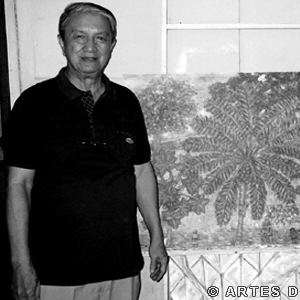
Antonio Austria (b. 1936, Shanghai, China) is an artist who paints the local, Filipino urban scene as he sees and experiences it everyday. After graduating with a Bachelor of Fine Arts degree, he started his teaching career in the University of Sto. Tomas in 1969 but continued painting after his retirement from teaching. His unrelenting quest for new forms which carried him to the extremes of placing special emphasis on brilliantly colored childlike images have provided us with an unparalleled collection of simple even naive impressionistic art.
In 1979, Austria had his first one man show exhibit in Gallerie Dominique, where he presented about nineteen works in oil and twelve composition drawings. Between 1962 And 1982 he exhibited a couple of works in Australia, New York, and Japan and has also participated in several group exhibits held in various galleries in Manila.
Since then, Austria’s career has been studded with honors and awards. In 1970, he was among the first recipients of the Thirteen Artists Award conferred by the Cultural Center of the Philippines. This award is named after the Thirteen Moderns of Philippine Art to progressive young artists. Six years later, he bagged the first prize in the Philippine National Bank’s 60th Anniversary Art Exhibit and Competition. In 2002, he was awarded the Patnubay ng Sining at Kalinangan sa Larangan ng Pagpipinta by the City of Manila on the 431st Araw ng Maynila celebration. A year later, he was chosen as Outstanding Thomasian Alumnus in the field of visual art by his alma mater and the UST Alumni Association Incorporated.
Through years of experience, Antonio Austria’s paintings have within them a certain power that is expressed through simplicity and local charm. He took his greatest inspiration from simple subjects and everyday scenes and his work took on a power and profound sense of charm. Jeepneys, sari-sari stores, billiard parlors – these are his favorite subjects and of all the things that surround him, they seem to preoccupy him completely. His later works ranged in subject matter from a group of blind musicians and couple in a lovemaking position to all kinds of vendor selling fruits and vegetables— all of which he painted with increasing brushstrokes and bolder use of color and light.

Fernando Modesto (b. 1953) studied at the University of Santo Tomas in Manila and Central Saint Martin’s College of Art & Design in London. He has exhibited widely in the Philippines and Indonesia, where he was based for nearly twenty years. His works have been shown as part of the Philippine printmakers exhibition at the Royal Festival Hall in London, as well as the Third Asian Show and the Contemporary Art Exhibition both at the Fukuoka Art Museum, the 7th Biennal International del Arte de Valparaiso in Chile, the Exposicion International de Dibujos en Brusque in Brazil, the Rassenga Internationale di Arte Postale in Turin, the Etajima International Mail Art Show in Hiroshima, the Kunsan International Modern Art Exhibition, and the ASEAN Travelling Exhibition from 1988–1989. He has received several awards including the Thirteen Artist Award from the Cultural Center of the Philippines (1974) and the Grand Prize in the Artists’ Association of the Philippines Annual Competition (1981). Modesto has taught at the University of the Philippines College of Fine Arts, and worked as a designer, creating numerous posters for other artists’ exhibitions and performances, as well as his own shows. He also did the production design and art direction for films such as Mike de Leon’s Sister Stella L and Hindi Nahahati Ang Langit.

Soler Santos (b. 1960) attended the University of the Philippines (UP) College of Fine Arts from 1978-82. He is a painter and photographer. Santos founded West Gallery with his wife and fellow artist, Mona Santos, in 1989.
Santos has represented the Philippines in international events such as the 1st ASEAN Youth Painting and Workshop in Thailand (1983), the 2nd Asian Art Show in Japan (1985), and the 11th International Biennial Print and Drawing Exhibition at National Taiwan Museum of Fine Arts (2004). He is the recipient of the First Prize from the ASEAN Painting Competition (1983) and the Cultural Center of the Philippines Thirteen Artists Award (1992).
Santos has shown in both solo and group exhibitions at spaces including the Luz Gallery, Blanc Gallery, Silverlens Galleries, Finale Art File, MO_Space, Artinformal, the Hong Kong Arts Centre, the ICA La Salle College of the Arts, the Metropolitan Museum of Manila, and the Cultural Center of the Philippines.

Yola Johnson is a modern artist and craftswoman who lives and works in Manila, Philippines. She took up Fine Arts at the University of the Philippines, where she first encountered the late Roberto Chabet and Constancio Bernardo, whom she regarded as her mentors in art. Upon graduation, she worked at the Museum of Philippine Art headed by Arturo Luz. To further her knowledge in the arts, she applied for a scholarship in France.
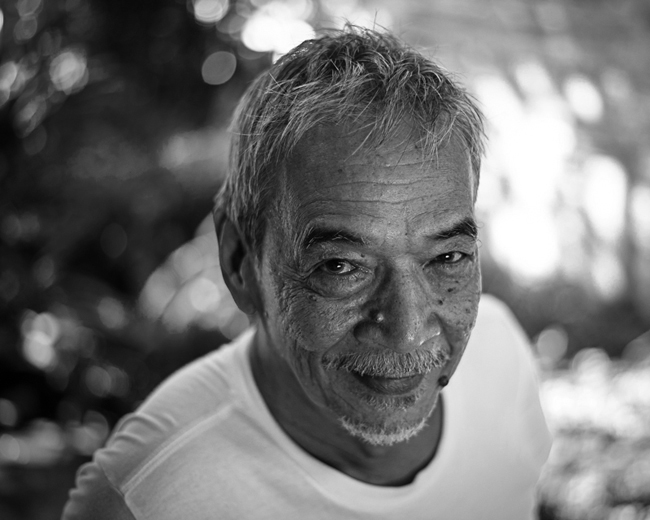
Jaime de Guzman (b. 1942, Liliw, Laguna) took up Economics at the Ateneo de Manila University from 1961 to 1962. Together with SYM, he joined the Dimasalang Group of painters for a few years. This group is known for their paintings that capture life in downtown Manila in the 1960s.
By the time de Guzman entered UP, the times were changing and the revolution loomed on the horizon. Expressionism was the movement that caught de Guzman’s interest. He introduced the distortion of the human figure as a projection of the harsh and pained contemporary reality. His paintings were an introspection of himself, his mythology, and his identity. He was able to channel the anxieties of the modern man, leading him to his most celebrated works—the mural-sized Metamorphosis series and Gomburza paintings. At 25, de Guzman had his first solo exhibition at Solidaridad Galleries in Malate and a one-man show in the National Museum. His further exhibitions led him then to CCP.
In August 1970, Drwaings by Jaime de Guzman marked the inauguration of the Cultural Center of the Philippines’ Small Gallery, with Roberto Chabet as curator. Months later, Chabet selects Jaime as among the participants in the first Thirteen Artists show at the CCP, where he exhibits his Metamorphosis murals. In the same year, Jaime was asked to design the stage for Alice Reyes’ Itim Asu, a modern ballet based on Virginia Moreno’s drama titled Onyx Wolf, as the inaugural performance for the CCP Little Theater.
De Guzman’s mural-sized paintings led him to be sent by the National Historic Commission on a study-grant to Mexico from 1970 to 1971. To top it off, he studied under the tutelage of David Alfaro Siquieros, who stands among Mexico’s distinguished triumvirate of muralist-painters. He was known for his array of folk symbols, icons, creatures of myths, and personal motif.

Ringo Bunoan (b. 1974) is an artist, writer, researcher, and curator whose work explores material and conceptual histories and issues of visibility and representation. Through common and found objects, installations, site-specific projects, photographs, and videos, she examines and reflects on the transient conditions of contemporary art and everyday life.
Bunoan received her BFA in Art History from the University of the Philippines in 1997 and has exhibited widely in Manila, Asia and the United States. Her works have been featured in several international exhibitions and biennales, including the recent Time of Others at the Singapore Art Museum and Queensland Art Gallery and Sunshower: Contemporary Art from Southeast Asia at the Mori Art Museum. She is the recipient of the Thirteen Artist award from the Cultural Center of the Philippines in 2003.
She taught at the UP College in Arts and worked as the Researcher for the Philippines for Asia Art Archive in Hong Kong. She is the co-founder of Big Sky Mind (1999–2005), King Kong Art Projects Unlimited (2010–present), and artbooks.ph (2014–present). She was the lead curator of Chabet: 50 Years, a series of exhibitions in Manila, Singapore, and Hong Kong, and the inaugural Manila Biennale: Open City in 2018.

Manuel Ocampo (b. 1965) is both an artist and curator. He studied at the University of the Philippines and at California State University in Bakersfield. Manuel Ocampo has received the Rome Prize in Visual Arts at the American Academy in Rome (1995–1996), the National Endowment for the Arts, Visual Arts (1996), and the Pollock-Krasner Foundation Grant (1995). In 2003, as he moved back to the Philippines, he co-founded the Department of Avant-Garde Clichés Gallery in Manila. Ocampo has curated exhibitions featuring Filipino artists at the Freies Museum Berlin, and the Musee International des Arts Modestes in France. He has also shown his own work at La Luz de Jesus Gallery in Los Angeles, the Marie Kirkegaard Gallery in Copenhagen, Tyler Rollins Fine Art in New York, USA, Finale Art File, The Drawing Room, the Crucible Gallery, and Ateneo Art Gallery, to name a few. He has also participated in international art events such as Documenta IX (1992), and the Venice Biennale (1993, 2001, 2017). Ocampo’s works can be found in various museums, and public collections around the globe, including the Museum of Contemporary Art in Los Angeles, the Oakland Museum in California, the Contemporary Museum in Hawaii, the Whitney Museum of American Art in New York, the Fukuoka Asian Art Museum in Japan, and at Museo Nacional Centro de Arte Reina Sofia in Madrid.

Jonathan Olazo (b. 1969, Manila) graduated from the University of the Philippines (UP) College of Fine Arts, with a Bachelor of Fine Arts in Painting, where he now teaches. He is a recipient of the Grand Prize from the Philippine Association of Printmakers Open Graphic Arts Competition and Exhibition (1987), the Thirteen Artists Awards by the Cultural Center of the Philippines (1994), the Voted Artist of the Year with Roy Halili for Art Manila Newspaper Art Awards (2003), and an artist residency in Fukuoka, Japan by an independent curator, Mizuki Endo (2004). Olazo has had solo and group exhibitions both in local and international spaces, including the Tetra Art Space, Valentine Willie Fine Art in Kuala Lumpur, Manila Contemporary, Now Gallery, the Vargas Museum at UP, the Drawing Room, and Paseo Gallery.

Geraldine Javier (b. 1970, Philippines) lives and work in the Philippines. Javier has held many solo and group exhibitions in her home country since 1995, and since 2004, she has been exhibiting her works internationally. She is recognized as one of the most celebrated Southeast Asian artists both in the academic and art fields. Her works revolve around the universal world of spirituality rather than concentrating on a specific religion. Javier’s interests root from the artist’s personal history of having lived her whole life struggling with the catholic culture in the Philippines, and are manifested through the unique region-specificity of Southeast Asia, in which the influx of Western culture has been naturalized. In other words, Javier goes beyond the logic behind religion, to pursue fundamental values that can be collectively embraced.
Javier was one of the artists who received the Thirteen Artists Award of Cultural Center of the Philippines in 2003.
Related Exhibitions
About the Artists
About the Artist
Juan Alcazaren (b. 1960) is a sculptor, bricoleur, collagist and object maker who works with a wide variety of materials ranging from construction steel to industrial and household detritus to ubiquitous everyday things like plastic monoblock chairs, school supply materials and melaware plates. Everything is material to him. In the 90’s he learned steel welding from Napoleon Abueva, CCP National Artist for Sculpture and has since always come back to this medium attracted by the way steel only “knows” how it wants to be formed. He always maintains a patina of rust on his steel pieces to show earthly life’s steady march towards death.
He tries to coax profundity out the ephemeral and overlooked in the world of the permanent and covetable. Alcazaren’s faith informed sensibilities make him see humble material as a metaphor for our own material nature, being creatures created by the Uncreated one. Juan Alcazaren has a bachelor’s degree in Landscape Architecture and studied sculpture the University of the Philippines where he also was a lecturer in 1995 at the College of Fine Arts. He was conferred the CCP Thirteen Artists Award in 2000. He lives and works in Pasig City, Philippines and continues to actively exhibit in major galleries and art fairs in his home country and around the region.

Roberto Chabet (1937–2013) was a pioneering Filipino conceptual artist, curator, and teacher. Known for his experimental works, ranging from paintings, drawings, collages, sculptures, and installations made out of mostly ordinary and found material, Chabet insists on a more inclusive approach to art. In his works, abstraction and the everyday collide, creating spaces for new meanings.
Chabet was the founding Museum Director of the Cultural Center of the Philippines (CCP) where he initiated the Thirteen Artists Awards in 1970 to support young artists whose works show “recentness and a turning away from the past.” After his brief tenure at the CCP, he led the alternative artist group Shop 6, and taught for over thirty years at the University of the Philippines, College of Fine Arts and at key artist-run spaces in Manila. Since the 70s until his death in 2013, he supported and curated exhibitions of young Filipino artists.
Chabet is the recipient of the JD Rockefeller III Fund Grant (1967–1968), the Republic Cultural Heritage Award (1972), the Araw ng Maynila Award for the Visual Arts (1972), and the CCP Centennial Award of Honours for the Arts (1998). He was posthumously awarded the Gawad CCP Para Sa Sining in 2015.

Pete Jimenez (b. 1960) is among the few Filipino sculptors who has consistently explored the qualities of scrap metal as a medium, transforming rusty and discarded shards from junk shops into visual puns and garage-produced gems.
He transforms hard intractible materials like iron into sculptural statements of wit and whimsy, mirth and merriment. Though the dynamics of imaginative collage-configuration, disparate pieces of raw material, divorced from their original context, find themselves in a new reality. This is the sculptural alchemy that is as formal as it is playful, wrought in the wonder of creation.
His sculptures achieved poise and dynamic balance smacked with eccentricity. Jimenez graduated from University of The Philippines College of Fine Arts in 1982, and has been actively exhibiting since 2000. To date, he has put up 16 solo exhibitions in the Philippines, and has participated in several group exhibitions in Manila, Singapore and Kuala Lumpur.
Jimenez was a Regional Finalist in the Art Association of The Philippines (AAP) 1998 Centennial Painting Competition For two consecutive years (2013 &; 2014), he won Second Place in the GSIS Annual Art Competition’s Sculpture Category Pete Jimenez was shortlisted in the 2013 Asian Cultural Council (ACC) Fellowship Grant in New York City.

Painter and sculptor Louie Cordero began an active exhibiting career while pursuing his Bachelor of Fine Arts at the University of the Philippines. After graduating in 2001, he became a core member of the painting collective Surrounded by Water and artist-in-residence with the artist-run initiative Big Sky Mind. His work explored imagery and narratives at the nexus of Philippine Catholicism, politics, mass culture, mining the collective consciousness of the Pinoy everyman with a humorous edge. He won the Grand Prize (Painting), 8th Annual Freeman Foundation Vermont Studio Centre in 2002-3. In 2005, he co-founded Future Prospects alternative art space. He is the creator of Nardong Tae, the underground comics of cult status in the Philippines.
Fascinated with kitschy outsider aesthetics and colonial-era leftovers, acrylic has become Cordero's medium of choice in painting since 2005 as he turned towards the super-flat aesthetics of spray-painted Philippine jeepneys and other waning commercial art forms. He received the Cultural Centre of the Philippines 13 Artists Awards in 2006 and earlier. Solo exhibitions overseas include DELUBYO (Giant Robot, Los Angeles, 2008), Actuality/Virtuality (3 Sogoku Warehouse, Fukuoka, 2003), Soft Death (Osage, Hong Kong and Singapore, 2009) and Sacred Bones (Jonathan Levine Gallery, New York, 2010). The recent years display an intensity in the bricolage-method of image construction that takes us through a thrill ride through unbridled imaginations and rerouted libidos, coupled with awkward rendering and visionary courage. His work has been included in World of Painting, Heide Museum of Modern Art, Australia, 2008; Coffee, Cigarettes and Pad Thai, Eslite Gallery, Taipei, 2008; Singapore Biennale 2011; the 14th Jakarta Biennale, 2011; and PANORAMA, Singapore Art Museum, 2012.
Cordero’s puzzling, imploring, and visually striking juxtapositions are often punctuated by blood and gore, as if to imply the history of violence and bloodshed that his nation and people have sustained. Cordero’s artwork makes references to his native Philippines, a nation rich with diversity—the result of multiple changes in political regime and subjugation throughout its history. With a complex mixture of eastern and western influences, the cultural fabric of The Republic of The Philippines is a unique combination of ethnic heritage and traditions, composed of indigenous folklore, Asian customs and Spanish legacy reflective in the names and religion.
Figures from Filipino mythology and its strong oral tradition are referenced through the artist’s gruesome monsters and zombies, while another source of inspiration derived from his nationality involves the Jeepney (U.S. military vehicles abandoned after WWII, and converted by locals to use as public transportation). Each Jeepney, unique and elaborately decorated in vibrant colors, features an ornate mash-up of pop and religious iconography. By combining these elements, varied and obscure (to Westerners), with imagery appropriated from Cordero’s assorted interests including kitsch, Indian advertising, cult American b-movies, and pulp horror, the contrasting influences reflect the complex diversity of the artist’s heritage itself.

It is with timelessness that Elaine Roberto-Navas (b. 1964) works her brush and palette over canvas. With subjects ranging from flowers to furniture, from the sky to water, she paints with oil in thick strokes; the object appears swathed in movement. Still life or landscape as they may be considered, they move with each glance, and if you stare, the motion starts to permeate outside the four corners of her paintings. What Roberto-Navas captures in her work is not merely an object in nature, but its spirit in movement, and together with her technique, artistry, and will, her paintings exist in a timelessness that might outlive us all, yet carry our humanity onwards.
Elaine Roberto-Navas graduated with BA in Psychology from Ateneo de Manila University (1985), and a Fine Arts degree, Major in Painting from the University of the Philippines (1991). Roberto-Navas has received various awards including the Jurors’ Choice Awards from the Art Association of the Philippines (1994, 1995), the Honorable Mention from the Philip Morris Philippine Art Awards (1995), and the Honorable Mention from the Philip Morris Singapore Art Awards (2002). She has shown at the Ayala Museum, Silverlens Gallery, Finale Art File, MO_Space, Art Informal, West Gallery, UP Vargas Museum, the Cultural Center of the Philippines, and Valentine Willie Fine Art in Singapore to name a few.

Wire Tuazon (b. 1973) is an artist and curator. He graduated from the University of the Philippines Diliman with a Bachelor’s degree in Fine Arts, Major in Painting. He is the founder of the artist collective Surrounded by Water in the 1990s, and was the President, and now Adviser, for the Neo-Angono Artists Collective. He was a recipient of the Cultural Center of the Philippines Thirteen Artists Award (2003), the Sangguniang Bayan Award for Visual Arts, and the residency grant of the Ashiya City Museum of Art and History from the Japan Foundation Asia Center (2001).
Tuazon has participated in international exhibitions in Milan, Beijing, Singapore, and Hong Kong, as well as locally, at events like the Tupada International Visual Performance Festival (2005, 2009), Art Stage Singapore (2015), and at spaces such as the Cultural Center of the Philippines, Silverlens Gallery, Pinto Art Gallery, and Finale Art File, Artesan Gallery + Studio, and Osage Hong Kong, to name a few.

Yasmin Sison (b. 1972) graduated from the University of the Philippines, with a Bachelor’s Degree in Humanities and then in the Fine Arts, Major in Painting. She was a member of the collective Surrounded by Water, and is the recipient of the Cultural Center of the Philippines Thirteen Artists Award (2006). She was also shortlisted for the Ateneo Art Awards (2007).
Sison has shown in both solo and group exhibitions locally and abroad since 1996, in spaces such as West Gallery, Valentine Willie Fine Arts in Malaysia, Artesan Gallery in Singapore, Artinformal, Manila Contemporary, Silverlens Gallery, Blanc Gallery, and the Owen James Gallery in New York, to name a few. She has participated in international group exhibitions in Belgium (2000), Singapore (2002), and Italy (2009).

Marciano “Mars” Galang (b. 1945, Cabusao, Camarines Sur) was awarded the M.M. Castro scholarship and studied in the University of the Philippines from 1962 to 1964, then BFA at UP 1966.
Galang is best known for his hard edge, minimal and conceptual works which he collectively calls “abstract painting”. Galang’s use of space, sparseness of presence, and an apparent attitude towards art as objecthood makes this a minimalist work. Works identified with those of Roberto Chabet, Lee Aguinaldo, and Ray Albano all of whom are involved in exploring processes and material outside the usual norms.
Bernardo Pacquing (b. 1967, Tarlac) currently lives in Parañaque City. He studied Editorial Design from the University of the Philippines College of Fine Arts. In 1999, he won the Grand Prize from the Art Association of the Philippines for an Open Art Competition (Painting Non-Representational), and was a recipient of the Cultural Center of the Philippines’ Thirteen Artists Award in 2000. In the same year, he was also given the Freeman Fellowship Grant at Vermont Studio Center in Vermont. Pacquing has shown in both solo and group exhibitions at various local and international venues such as Manila Contemporary, La Salle College of the Arts in Singapore, Osage Gallery Hong Kong, TAKSU Singapore, and Silverlens Gallery.

MM Yu (b. 1978) lives and works in Manila, Philippines. Her photographs evoke the ever-changing cultural texture and topology of Manila as seen through its inhabitants, the city’s infrastructure and its waste product as it archives not only the economy but also the ecology of life in the myriad forms it takes in the city.
These recorded static scenarios show through their thematic variety the artist’s interest in discovering and valuing the fleeting moment present even in its simplest components. The diverse elements in her works not only underscore the inability of photography to account for fractured temporality. Through her ongoing interest in deciphering the enigma of the unseen landscape of ordinary things, they also force us to rethink what our minds already know and rediscover what our eyes have already seen.
The impact lies in how photography is employed to investigate another subject namely that of memory. By consolidating a series of routine snapshots traversing the streets of Manila. The hybrid and density of MM Yu’s subjects remind us of how objects and signs are not necessarily self-contained but take part in larger systems of interaction.
MM Yu received her BFA Painting from the University of the Philippines and completed residencies with Big Sky Mind, Manila (2003), Common Room Bandung Residency Grant and Cité Internationale des Arts in Paris, France (2013). She is a recipient of the Cultural Center of the Philippines 13 Artist Award (2009), the Goethe Institute Workshop Grant (2014), and the Ateneo Art Awards (winner in 2007, shortlisted in 2011). She was also a finalist for the Sovereign Asian Art Prize (2010).

Trek Valdizno (b. 1968) is a graduate of the University of the Philippines with a degree in Fine Arts major in Painting. His works have been exhibited in Ayala Museum, Vargas Museum and Cultural Center of the Philippines. He also did commissioned and collaborative works in various international institutions in Australia, Hong Kong and France. His art is a conscious, spiritual practice that allows him to traverse through different brushstrokes resulting in large-scale compositions that engulf the viewer into its majesty and elegance. Breaking down the components of his works, you can see the fascination and careful consideration in the littlest- bit of elements.
The artistic practice of Trek Valdizno is prolific and is overarched by conceptual processes. Making work intuitively, and being directed by impulses toward the physicality of experimentation have never been lost to him. Aesthetically, his works become reduced to conclusive abstractions that curb both traditional craftiness and gestural maladroitness. The conditions surrounding them, however, involve a kindred toward materiality and a gesture that brings together calculation and chance. With a highly process-oriented practice, Valdizno builds up and breaks down issues of dimensionality and the painted surface. With non-conventional painting materials and surfaces, he portrays an appreciation of space, color and natural form.
Cris Villanueva, Jr. (b. 1959) graduated with a Fine Arts degree in Visual Communications from the University of the Philippines Diliman and a Bachelor of Arts degree in Political Science from the Philippine Christian University. He founded a creative collective named Madruguada, and was part of the well-known local artist collective, Salingpusa. He has received various awards including the Grand Prize (2005), Juror’s Choice (2006), and the Juror’s Choice Award of Merit (2010) of the Philip Morris Philippine Art Awards. He has had solo shows at the Boston Gallery, Mag:net Gallery, NOVA Gallery, Pinto Art Museum, and the Cultural Center of the Philippines, and joined group exhibitions shown at TAKSU Kuala Lumpur and Singapore, and the Institute of Contemporary Arts Singapore, La Salle College of the Arts.

Jayson Oliveria (b. 1973) graduated with a Bachelor of Fine Arts in Painting at the University of the Philippines. He is a recipient of the Cultural Center of the Philippines Thirteen Artist Award (2006), and Ateneo Art Award (2004), and artist residencies at Big Sky Mind Artists Projects Foundation in Cubao (2003–2004) and at Tetra Art Space in Fukuoka, Japan (2005). Oliveria has shown widely in both local and international galleries, including Surrounded by Water, The Drawing Room, Finale Art File, Ark Galerie in Jakarta, the Tate Turbine Hall in London, Galerie Zimmermann Kratochwill in Austria, Artinformal, and Freies Museum Berlin, and VOLTA12 in Markthalle, Basel.

Gerardo Tan, also known as Gerry Tan, is a visual artist, curator, and art educator. He finished Bachelor of Fine Arts, Major in Painting, at the University of the Philippines (UP) Diliman College of Fine Arts (CFA) in 1982 and Masters of Fine Arts, Major in Painting, at the State University of New York at Buffalo in 1992 as a Fulbright Fellow. He was a professorial lecturer at UP CFA from 1993 to 2000 and the former dean of the University of the East College of Fine Arts from 2002 to 2005. Tan was awarded the Cultural Center of the Philippines Thirteen Artists Award in 1988.
As a conceptual artist, Tan explores the nature of art and how forms and materiality can be articulated in ideas and concepts, be it through painting, sculpture, found objects, artists books, or installations. Often referencing and revisiting his earlier work, Tan deals with aesthetic questions related to the reproducibility of images and the spatial and temporal authenticity of a work.
Tan has exhibited at the Cultural Center of the Philippines, Jorge B. Vargas Museum, Ateneo Art Gallery, Metropolitan Museum of Manila, and Lopez Museum, among many more institutions in the Philippines. He has participated in several international exhibitions such as the 2nd Asian Art Show in Fukuoka Museum, 1982, the 1st Melbourne Biennale,1999, the 4th Gwangju Biennale, 2002, and the inaugural exhibition of The National Gallery of Singapore, 2016. He continues to work with contemporary artists making up the Bastards of Misrepresentation that is curated by Manuel Ocampo, which has aggressively and independently been exhibiting since 2010 in Berlin, Germany, Queens New York, and Sete, France.
In 2022, his work was featured at the Philippine Pavilion of the 59th Venice Biennale entitled Milk of Dreams, curated by Yael Buencamino and Arvin Flores.

Lee Aguinaldo (b. 1933, New York) is considered a pioneer of Philippine modernism. He came from a prominent family descended from Emilio Aguinaldo y Famy (1869-1964) a military leader and politician who is popularly considered to be the first president of the Philippines. From an early age Lee showed an interest in art, and resisted the expectation that he would eventually take over management of the Aguinaldo family business interests. After attending a military academy in the United States, he did briefly work for his father’s company. Fascinated by developments in American modern art, Lee was influenced by the works of Jackson Pollock, Mark Rothko, Ad Reinhart and later, Robert Rauschenberg.
His art developed in an eclectic sequence, defying any linear progression. In the Philippines, Aguinaldo was friendly with Arturo Luz, Roberto Chabet, Eric Torres, and Fernando Zobel who acted as a mentor. Among his best known series are his “Flick” paintings inspired by the works of Pollock, his pop-influenced “Galumph” series, and a minimalist, hard-edge series referred to as “Linear.” Despite personal inconsistencies and growing financial problems, Aguinaldo remained a passionate and dedicated artist into his later years. He is the subject of a recent biography “The Life and Art of Lee Aguinaldo” published by the Vibal Foundation.
Joebau (b. 1951) explores the movement between subject and object, and the participation of viewers when dealing with sensory materials. A conceptual artist since the 1970s, his works are often characterized by large-scale installations and collages, giving home to familiar objects reassembled and made new through limitless iterations. He received a BFA from the University of the East and also had a background in ceramics and set design in the 80s.
In the 70s, he and five conceptual artists (Joy Dayrit, Rodolfo Gan, Yolanda Laudico, Fernando Modesto, and Boy Perez), led by Roberto Chabet, grouped together to put up an experimental, artist-run space called Shop 6. This group challenged the notions of conceptualism and operated as an alternative to the institution.
Joebau is a recipient of the CCP’s Thirteen Artist Awards (1972). Later, he was awarded as one of the 5 Contemporary Sculptors (1979) under the Cultural Center of the Philippines (CCP). He had solo shows at the CCP, West Gallery, Galleria Duemila, Calle Wright Gallery, and currently at MO_Space. He also participated in group shows at the CCP, the Festival Contemporary Asian Art Show in Fukuoka, Japan (1980), and was part of The 70s / Objects, Photographs, and Documents exhibition at Arete Ateneo Art Gallery (2018), to name a few. Currently, he lives and works in Manila.

Gus Albor (b. 1948) is a painter and sculptor known for his minimalist abstraction works. He graduated from the University of the East School of Music and Fine Arts. After 5 years, he earned a one-year British Council Study grant to the West Surrey College of Art in England.
Gus Albor’s art is a gestural brushwork and existential angst of an abstract minimalist. It is a deliberate lack of expressive content. The artist focusing on the informal elements of art making. First, by expanding his initial monochrome palette of greys, whites and earth. Into the third dimension through the incorporation of stark elements onto the canvas. Giving his art an illusionistic representations of the visual world. Creating the appearance of a three-dimensional space within their picture. Emerging out of the canvas and into the space of the viewer.
The artist redefines the color spectrum to make his works inexpressive, conceptual and non-referential. The minimalist, Albor, allows the audience instinctively give an immediate visual response. For the viewer to experience all the more the pure qualities of colour, form, space and materials. To explore without the distractions of composition, theme, and other elements. Stripped of all thematic or emotional content.
Albor is a practitioner of nonrepresentational painting. Rather artwork alluding to underlying, meanings, emotions, or narratives. Working according to the minimalism principles of line, plane, volume, and point, within space. He explored tension between the arrangement of colors on the flat surface of the canvas. As well as the optical effect of the artwork. His spare abstraction sought to de-mystify art. To reveal its most fundamental character: the medium and materials of his work. Where its reality, and that is was what Gus Albor wanted to portray to delineate space.
Albor was also a CCP Thirteen Artists Awardee and has participated in major exhibitions and art events in the Philippines, USA, Germany, Hong Kong, Japan, and China. Some of these events are: the First Selection of Philippine Art by the Museum of Philippine Art (MOPA), 1981; and 100 years of Philippine Painting Exhibition held at the Pacific Asia Museum, in Pasadena, California, 1984.

Francesca “Keka” Enriquez (b. 1962) is an expressionist painter, who was originally from Manila and now practices in San Francisco, California, USA. She took her formal studies at the University of the Philippines (UP) College of Fine Arts (CFA), and took her master’s in Paint at the Norwich University of England.
Enriquez’s works are often expressive depictions of rooms, as allegories to her own emotional journey in life. Getting many of her inspirations from looking at a lot of photographs, reading a lot of magazines, "doing the gallery rounds and just continuously painting and discovering processes that work for [her]," Keka’s trademark interiors, which she describes as "something that is easy to the eye in terms of color and composition using a lot of thick paint," have been exhibited in both the Philippines and abroad. Influenced early in her career by neo-expressionist painters like Francesco Clemente, Georg Baselitz and Longo and most recently by Austrian artist Luc Tuymans and German artists Sigmar Polke, Gerhard Richter and Kippenberger, she composes her paintings "randomly, by using a lot of intuition and a little of the tips I learned from other artists."
Before migrating to the USA, Enriquez was active in the Philippine art scene, and would garner many exhibition grants, for her and abroad. In 1994, Enriquez was honored by the Cultural Center of the Philippines (CCP) Thirteen Artist Award. She also conferred a 1988 and 1990 Cultural Center of the Philippines Project Grant, claimed second prize at the Art Association of the Philippines Rotary Open Art Committee on Culture and the Arts and took up MFA in Painting, Joint Scholarship of UNESCO and Norwich University of England.
Antonio Austria (b. 1936, Shanghai, China) is an artist who paints the local, Filipino urban scene as he sees and experiences it everyday. After graduating with a Bachelor of Fine Arts degree, he started his teaching career in the University of Sto. Tomas in 1969 but continued painting after his retirement from teaching. His unrelenting quest for new forms which carried him to the extremes of placing special emphasis on brilliantly colored childlike images have provided us with an unparalleled collection of simple even naive impressionistic art.
In 1979, Austria had his first one man show exhibit in Gallerie Dominique, where he presented about nineteen works in oil and twelve composition drawings. Between 1962 And 1982 he exhibited a couple of works in Australia, New York, and Japan and has also participated in several group exhibits held in various galleries in Manila.
Since then, Austria’s career has been studded with honors and awards. In 1970, he was among the first recipients of the Thirteen Artists Award conferred by the Cultural Center of the Philippines. This award is named after the Thirteen Moderns of Philippine Art to progressive young artists. Six years later, he bagged the first prize in the Philippine National Bank’s 60th Anniversary Art Exhibit and Competition. In 2002, he was awarded the Patnubay ng Sining at Kalinangan sa Larangan ng Pagpipinta by the City of Manila on the 431st Araw ng Maynila celebration. A year later, he was chosen as Outstanding Thomasian Alumnus in the field of visual art by his alma mater and the UST Alumni Association Incorporated.
Through years of experience, Antonio Austria’s paintings have within them a certain power that is expressed through simplicity and local charm. He took his greatest inspiration from simple subjects and everyday scenes and his work took on a power and profound sense of charm. Jeepneys, sari-sari stores, billiard parlors – these are his favorite subjects and of all the things that surround him, they seem to preoccupy him completely. His later works ranged in subject matter from a group of blind musicians and couple in a lovemaking position to all kinds of vendor selling fruits and vegetables— all of which he painted with increasing brushstrokes and bolder use of color and light.

Fernando Modesto (b. 1953) studied at the University of Santo Tomas in Manila and Central Saint Martin’s College of Art & Design in London. He has exhibited widely in the Philippines and Indonesia, where he was based for nearly twenty years. His works have been shown as part of the Philippine printmakers exhibition at the Royal Festival Hall in London, as well as the Third Asian Show and the Contemporary Art Exhibition both at the Fukuoka Art Museum, the 7th Biennal International del Arte de Valparaiso in Chile, the Exposicion International de Dibujos en Brusque in Brazil, the Rassenga Internationale di Arte Postale in Turin, the Etajima International Mail Art Show in Hiroshima, the Kunsan International Modern Art Exhibition, and the ASEAN Travelling Exhibition from 1988–1989. He has received several awards including the Thirteen Artist Award from the Cultural Center of the Philippines (1974) and the Grand Prize in the Artists’ Association of the Philippines Annual Competition (1981). Modesto has taught at the University of the Philippines College of Fine Arts, and worked as a designer, creating numerous posters for other artists’ exhibitions and performances, as well as his own shows. He also did the production design and art direction for films such as Mike de Leon’s Sister Stella L and Hindi Nahahati Ang Langit.

Soler Santos (b. 1960) attended the University of the Philippines (UP) College of Fine Arts from 1978-82. He is a painter and photographer. Santos founded West Gallery with his wife and fellow artist, Mona Santos, in 1989.
Santos has represented the Philippines in international events such as the 1st ASEAN Youth Painting and Workshop in Thailand (1983), the 2nd Asian Art Show in Japan (1985), and the 11th International Biennial Print and Drawing Exhibition at National Taiwan Museum of Fine Arts (2004). He is the recipient of the First Prize from the ASEAN Painting Competition (1983) and the Cultural Center of the Philippines Thirteen Artists Award (1992).
Santos has shown in both solo and group exhibitions at spaces including the Luz Gallery, Blanc Gallery, Silverlens Galleries, Finale Art File, MO_Space, Artinformal, the Hong Kong Arts Centre, the ICA La Salle College of the Arts, the Metropolitan Museum of Manila, and the Cultural Center of the Philippines.

Yola Johnson is a modern artist and craftswoman who lives and works in Manila, Philippines. She took up Fine Arts at the University of the Philippines, where she first encountered the late Roberto Chabet and Constancio Bernardo, whom she regarded as her mentors in art. Upon graduation, she worked at the Museum of Philippine Art headed by Arturo Luz. To further her knowledge in the arts, she applied for a scholarship in France.

Jaime de Guzman (b. 1942, Liliw, Laguna) took up Economics at the Ateneo de Manila University from 1961 to 1962. Together with SYM, he joined the Dimasalang Group of painters for a few years. This group is known for their paintings that capture life in downtown Manila in the 1960s.
By the time de Guzman entered UP, the times were changing and the revolution loomed on the horizon. Expressionism was the movement that caught de Guzman’s interest. He introduced the distortion of the human figure as a projection of the harsh and pained contemporary reality. His paintings were an introspection of himself, his mythology, and his identity. He was able to channel the anxieties of the modern man, leading him to his most celebrated works—the mural-sized Metamorphosis series and Gomburza paintings. At 25, de Guzman had his first solo exhibition at Solidaridad Galleries in Malate and a one-man show in the National Museum. His further exhibitions led him then to CCP.
In August 1970, Drwaings by Jaime de Guzman marked the inauguration of the Cultural Center of the Philippines’ Small Gallery, with Roberto Chabet as curator. Months later, Chabet selects Jaime as among the participants in the first Thirteen Artists show at the CCP, where he exhibits his Metamorphosis murals. In the same year, Jaime was asked to design the stage for Alice Reyes’ Itim Asu, a modern ballet based on Virginia Moreno’s drama titled Onyx Wolf, as the inaugural performance for the CCP Little Theater.
De Guzman’s mural-sized paintings led him to be sent by the National Historic Commission on a study-grant to Mexico from 1970 to 1971. To top it off, he studied under the tutelage of David Alfaro Siquieros, who stands among Mexico’s distinguished triumvirate of muralist-painters. He was known for his array of folk symbols, icons, creatures of myths, and personal motif.

Ringo Bunoan (b. 1974) is an artist, writer, researcher, and curator whose work explores material and conceptual histories and issues of visibility and representation. Through common and found objects, installations, site-specific projects, photographs, and videos, she examines and reflects on the transient conditions of contemporary art and everyday life.
Bunoan received her BFA in Art History from the University of the Philippines in 1997 and has exhibited widely in Manila, Asia and the United States. Her works have been featured in several international exhibitions and biennales, including the recent Time of Others at the Singapore Art Museum and Queensland Art Gallery and Sunshower: Contemporary Art from Southeast Asia at the Mori Art Museum. She is the recipient of the Thirteen Artist award from the Cultural Center of the Philippines in 2003.
She taught at the UP College in Arts and worked as the Researcher for the Philippines for Asia Art Archive in Hong Kong. She is the co-founder of Big Sky Mind (1999–2005), King Kong Art Projects Unlimited (2010–present), and artbooks.ph (2014–present). She was the lead curator of Chabet: 50 Years, a series of exhibitions in Manila, Singapore, and Hong Kong, and the inaugural Manila Biennale: Open City in 2018.

Manuel Ocampo (b. 1965) is both an artist and curator. He studied at the University of the Philippines and at California State University in Bakersfield. Manuel Ocampo has received the Rome Prize in Visual Arts at the American Academy in Rome (1995–1996), the National Endowment for the Arts, Visual Arts (1996), and the Pollock-Krasner Foundation Grant (1995). In 2003, as he moved back to the Philippines, he co-founded the Department of Avant-Garde Clichés Gallery in Manila. Ocampo has curated exhibitions featuring Filipino artists at the Freies Museum Berlin, and the Musee International des Arts Modestes in France. He has also shown his own work at La Luz de Jesus Gallery in Los Angeles, the Marie Kirkegaard Gallery in Copenhagen, Tyler Rollins Fine Art in New York, USA, Finale Art File, The Drawing Room, the Crucible Gallery, and Ateneo Art Gallery, to name a few. He has also participated in international art events such as Documenta IX (1992), and the Venice Biennale (1993, 2001, 2017). Ocampo’s works can be found in various museums, and public collections around the globe, including the Museum of Contemporary Art in Los Angeles, the Oakland Museum in California, the Contemporary Museum in Hawaii, the Whitney Museum of American Art in New York, the Fukuoka Asian Art Museum in Japan, and at Museo Nacional Centro de Arte Reina Sofia in Madrid.

Jonathan Olazo (b. 1969, Manila) graduated from the University of the Philippines (UP) College of Fine Arts, with a Bachelor of Fine Arts in Painting, where he now teaches. He is a recipient of the Grand Prize from the Philippine Association of Printmakers Open Graphic Arts Competition and Exhibition (1987), the Thirteen Artists Awards by the Cultural Center of the Philippines (1994), the Voted Artist of the Year with Roy Halili for Art Manila Newspaper Art Awards (2003), and an artist residency in Fukuoka, Japan by an independent curator, Mizuki Endo (2004). Olazo has had solo and group exhibitions both in local and international spaces, including the Tetra Art Space, Valentine Willie Fine Art in Kuala Lumpur, Manila Contemporary, Now Gallery, the Vargas Museum at UP, the Drawing Room, and Paseo Gallery.

Geraldine Javier (b. 1970, Philippines) lives and work in the Philippines. Javier has held many solo and group exhibitions in her home country since 1995, and since 2004, she has been exhibiting her works internationally. She is recognized as one of the most celebrated Southeast Asian artists both in the academic and art fields. Her works revolve around the universal world of spirituality rather than concentrating on a specific religion. Javier’s interests root from the artist’s personal history of having lived her whole life struggling with the catholic culture in the Philippines, and are manifested through the unique region-specificity of Southeast Asia, in which the influx of Western culture has been naturalized. In other words, Javier goes beyond the logic behind religion, to pursue fundamental values that can be collectively embraced.
Javier was one of the artists who received the Thirteen Artists Award of Cultural Center of the Philippines in 2003.

Related Exhibitions

Share

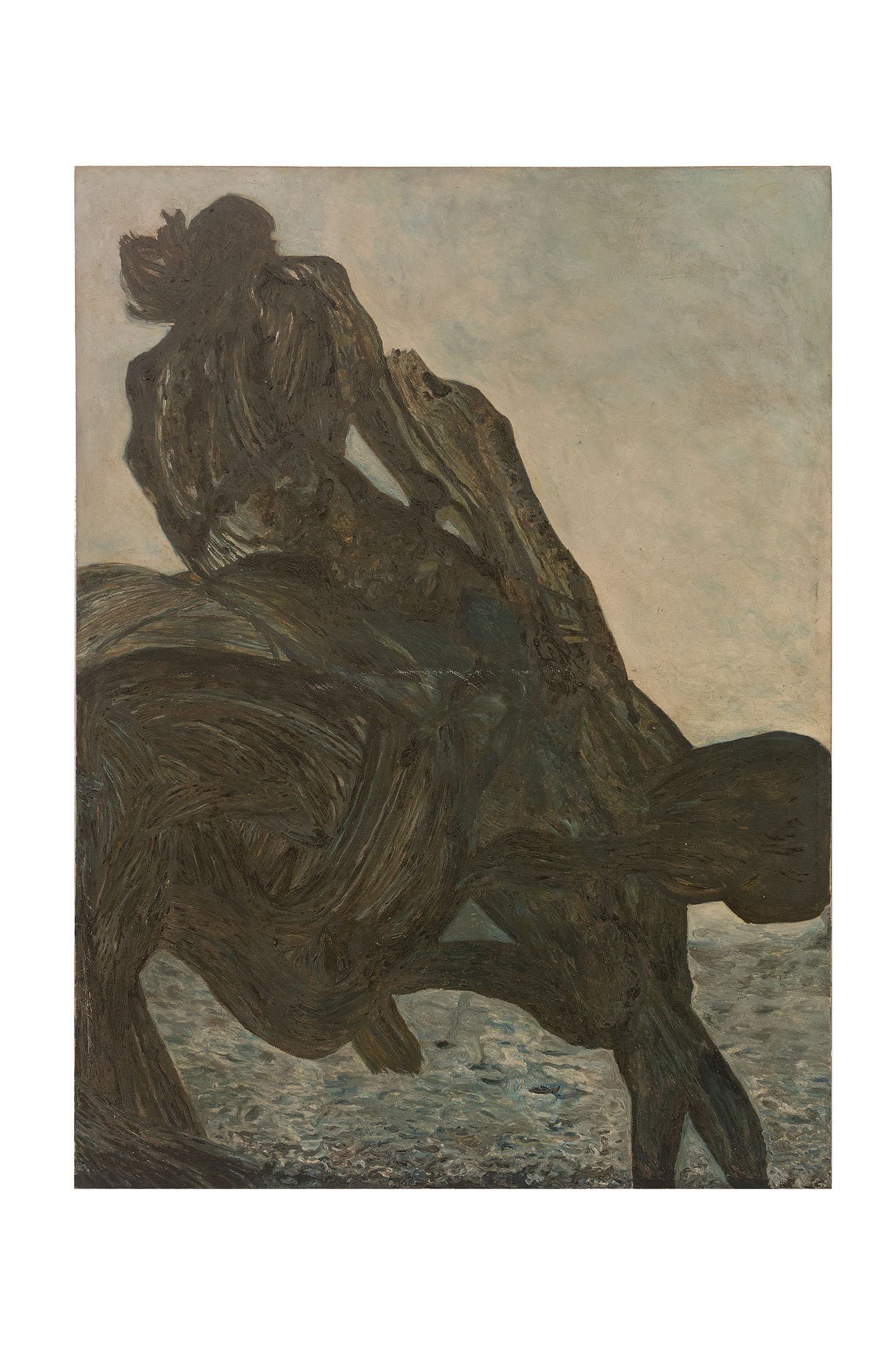

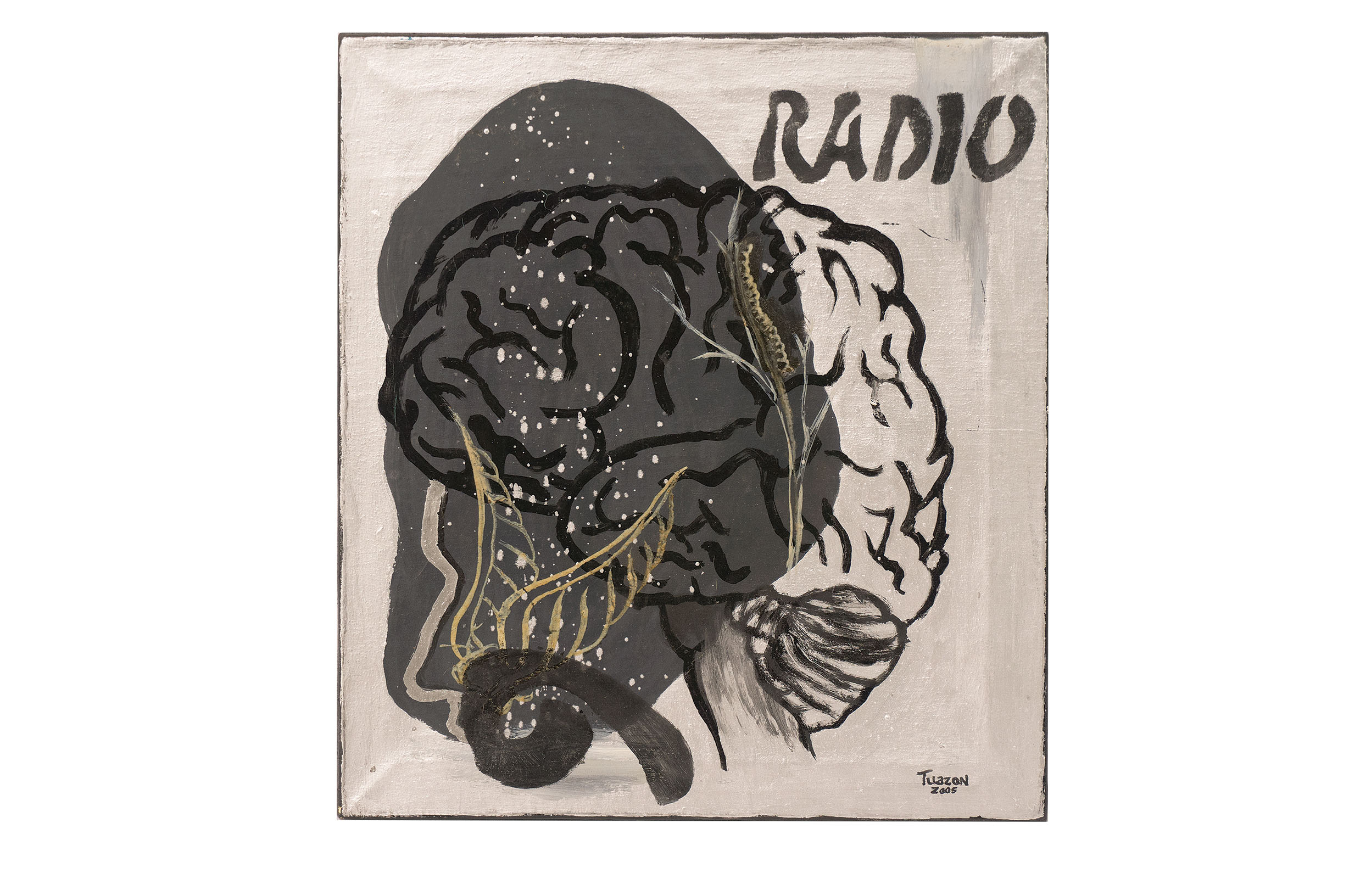
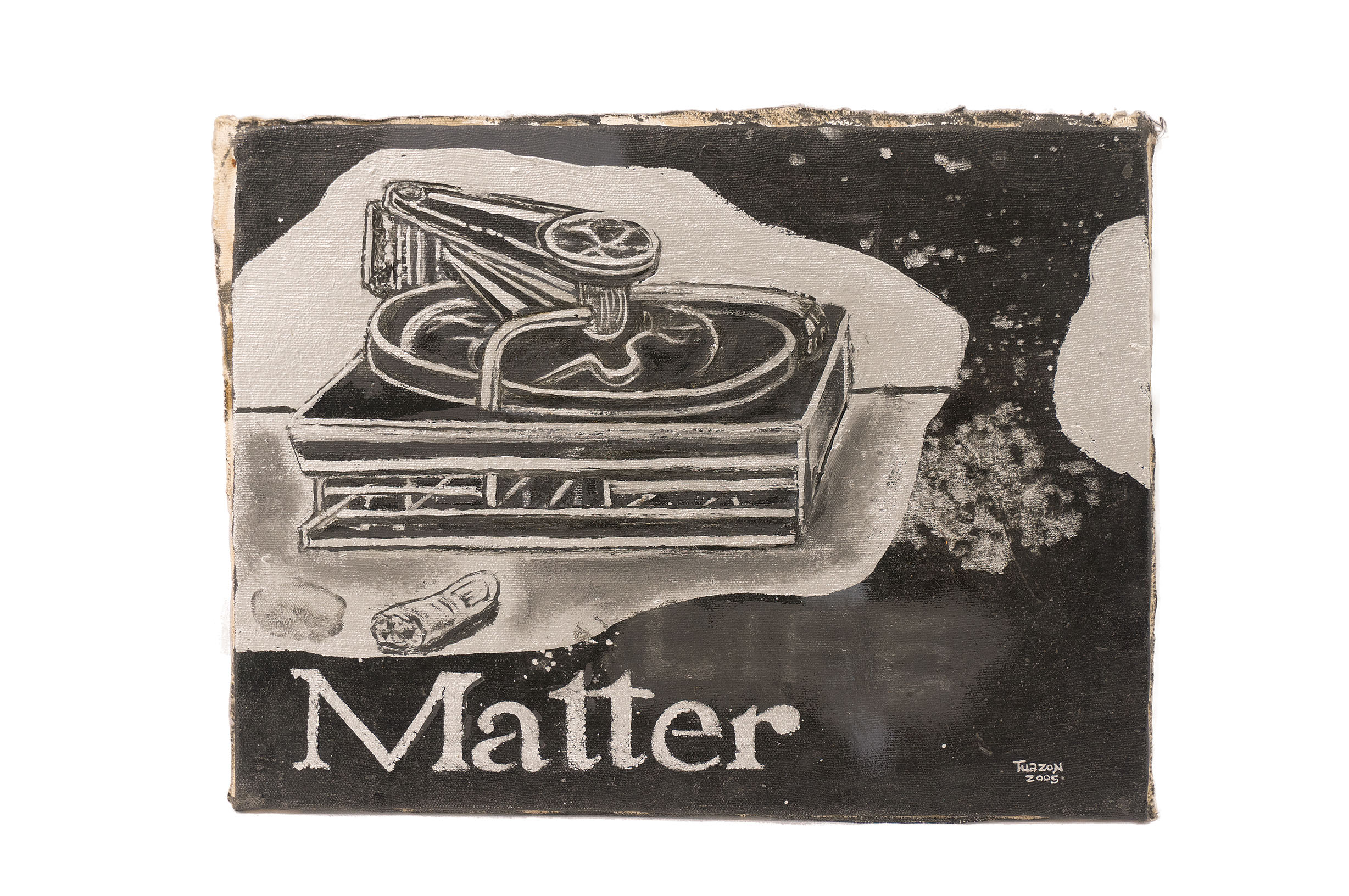
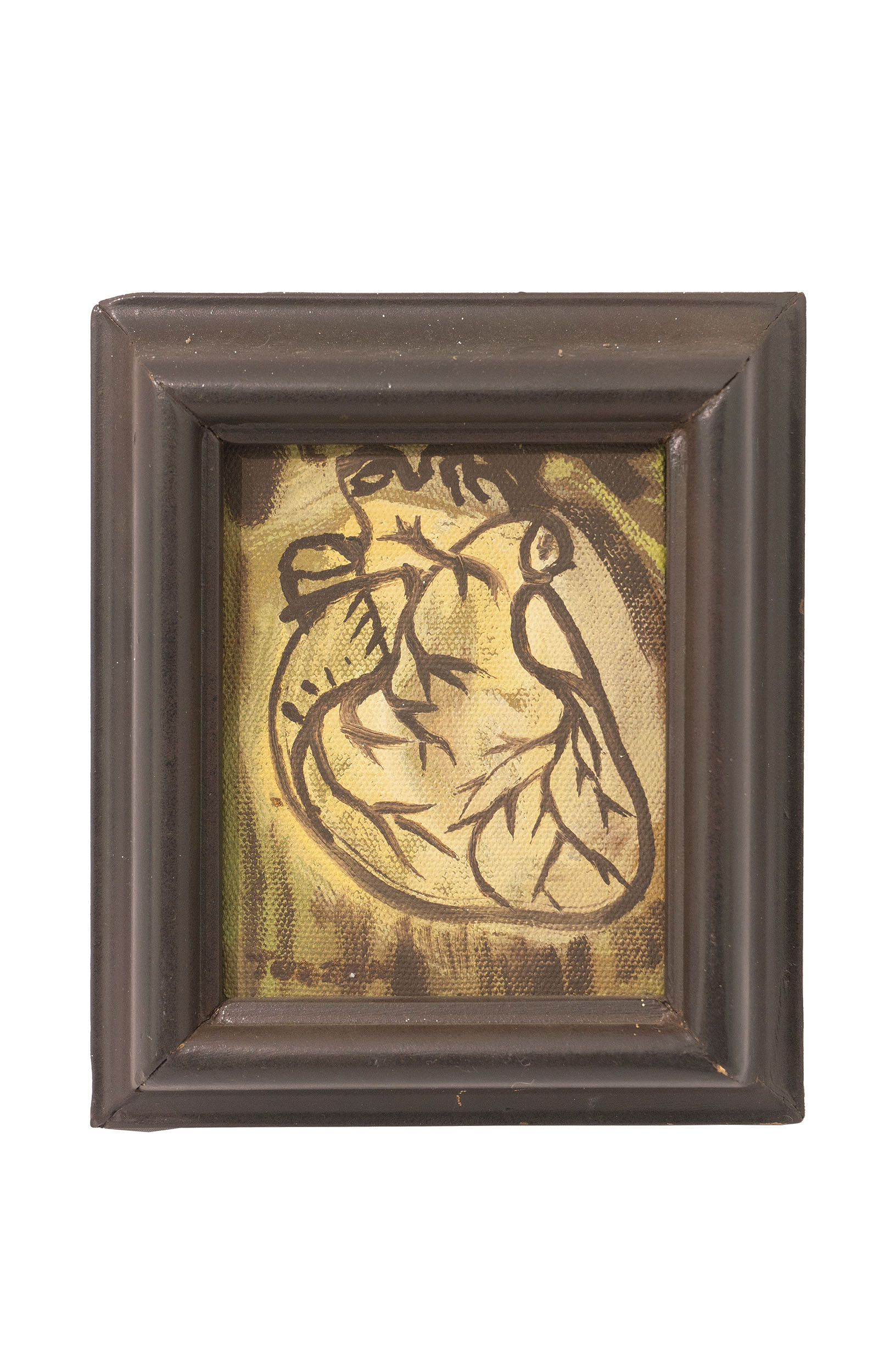

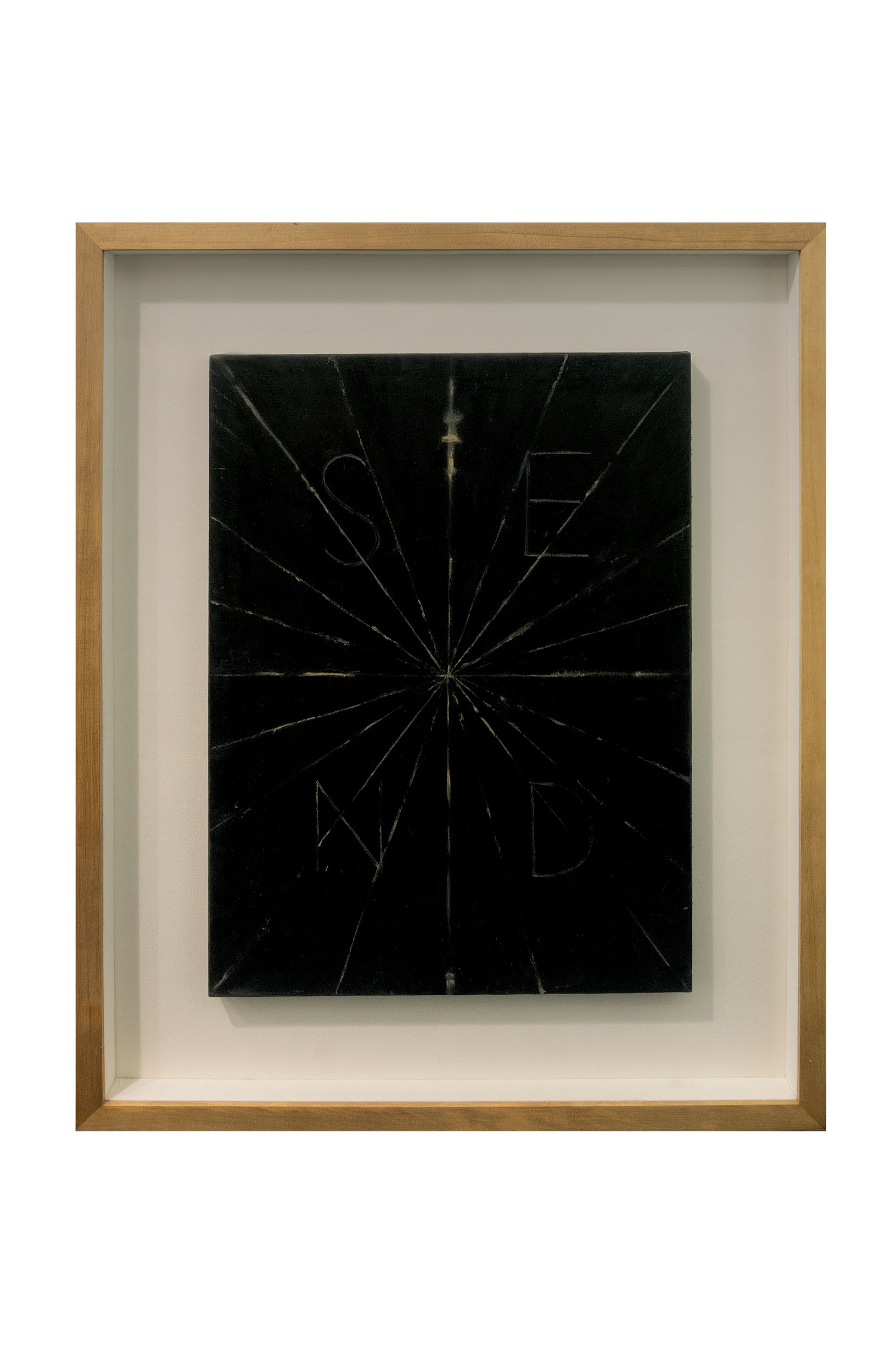
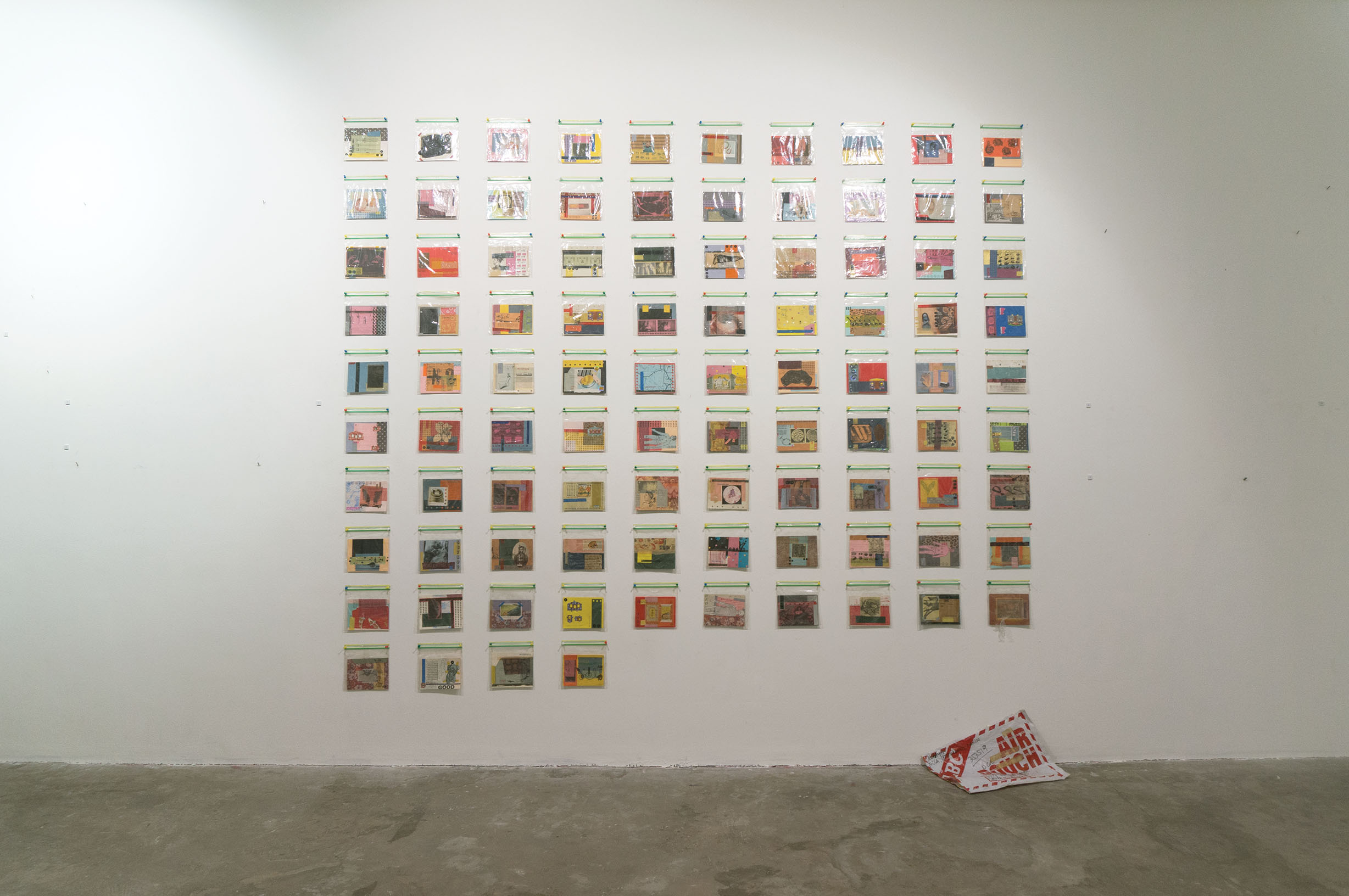
.jpg.jpg)
.jpg.jpg)
.jpg.jpg)
%201.jpg.jpg)
%202.jpg.jpg)
.jpg.jpg)
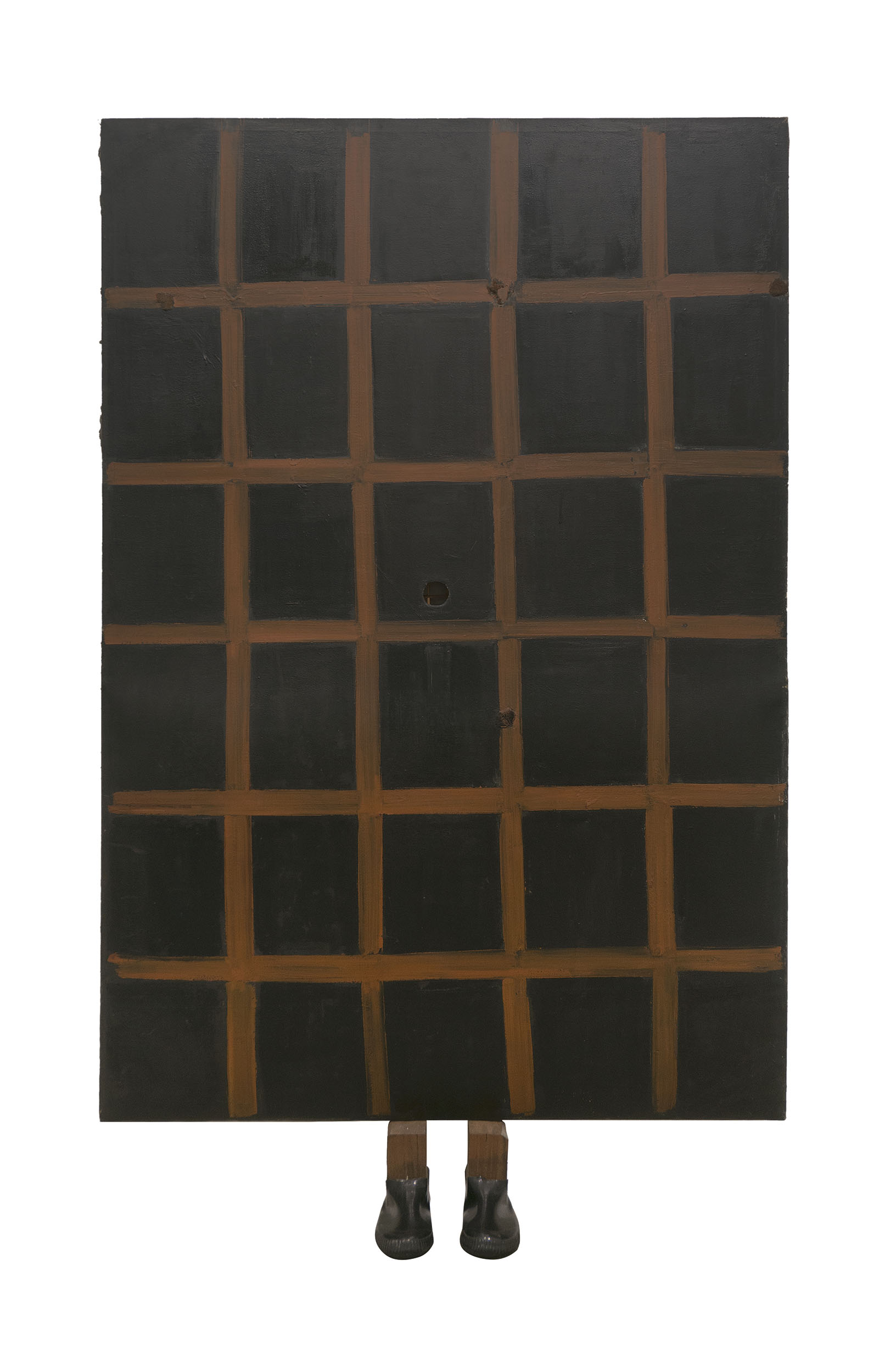
.jpg.jpg)
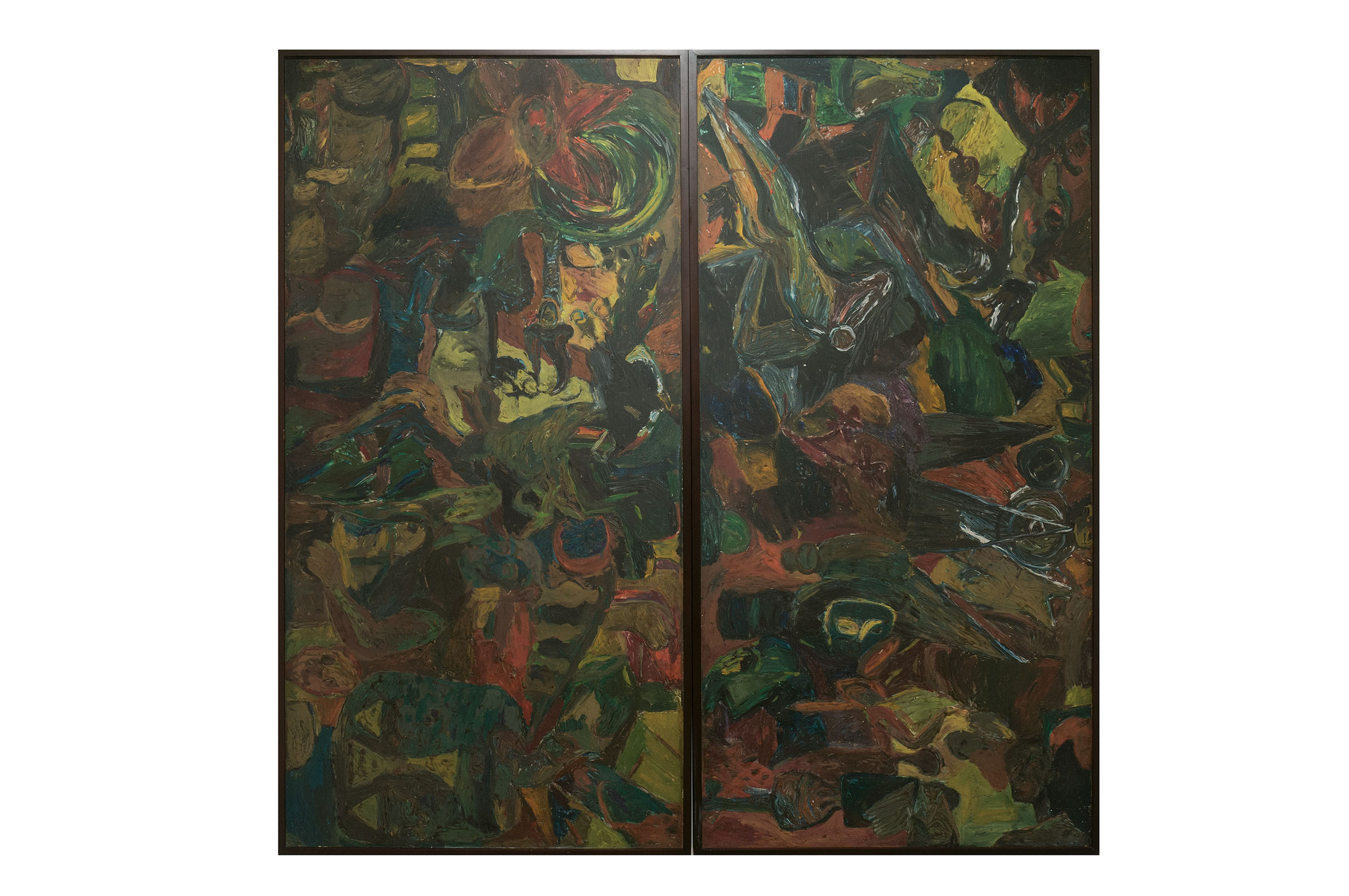
%201.jpg.jpg)
%202.jpg.jpg)
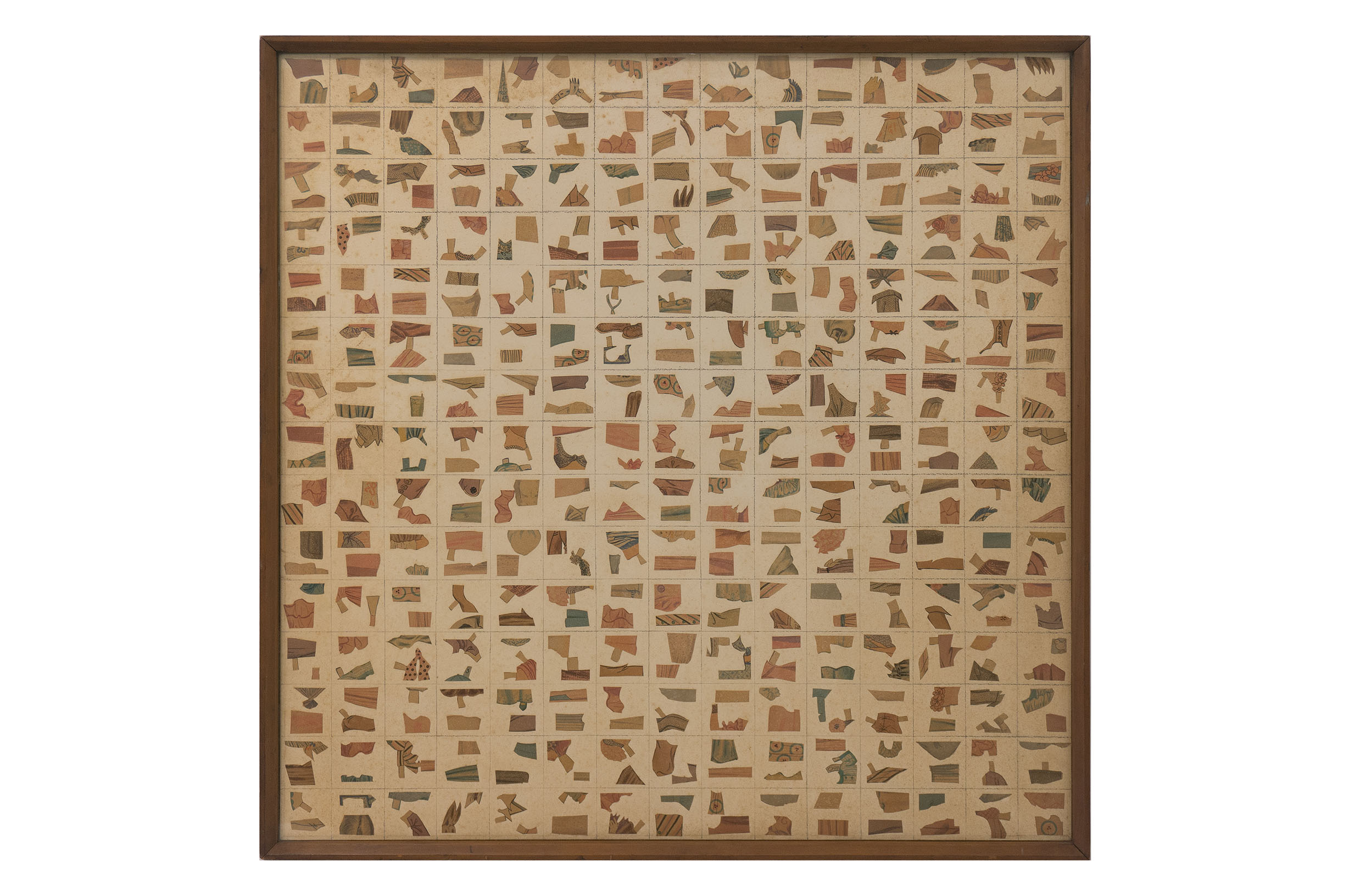

.jpg%20(2).jpg)
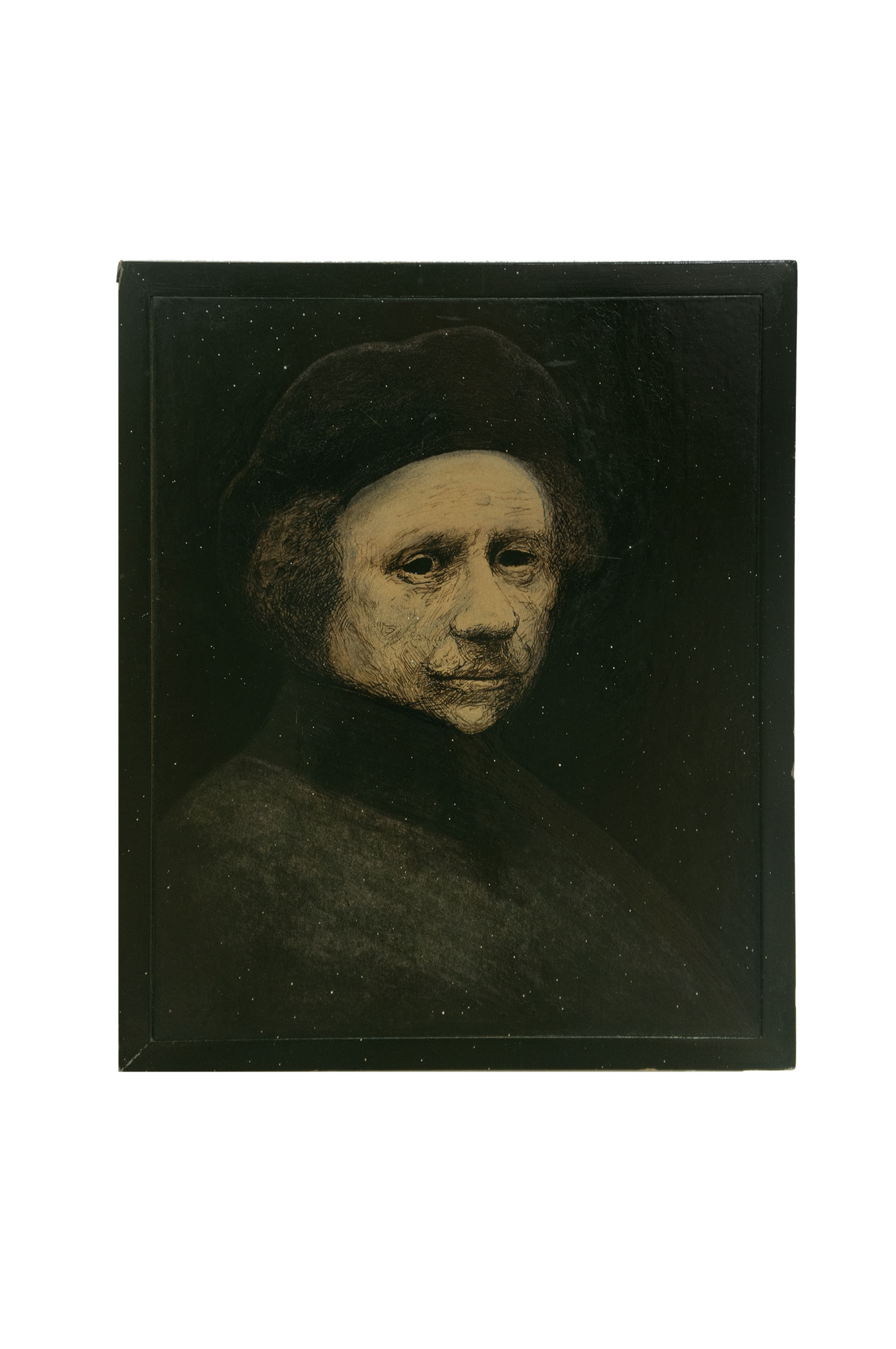
.jpg%20(2).jpg)
.jpg.jpg)
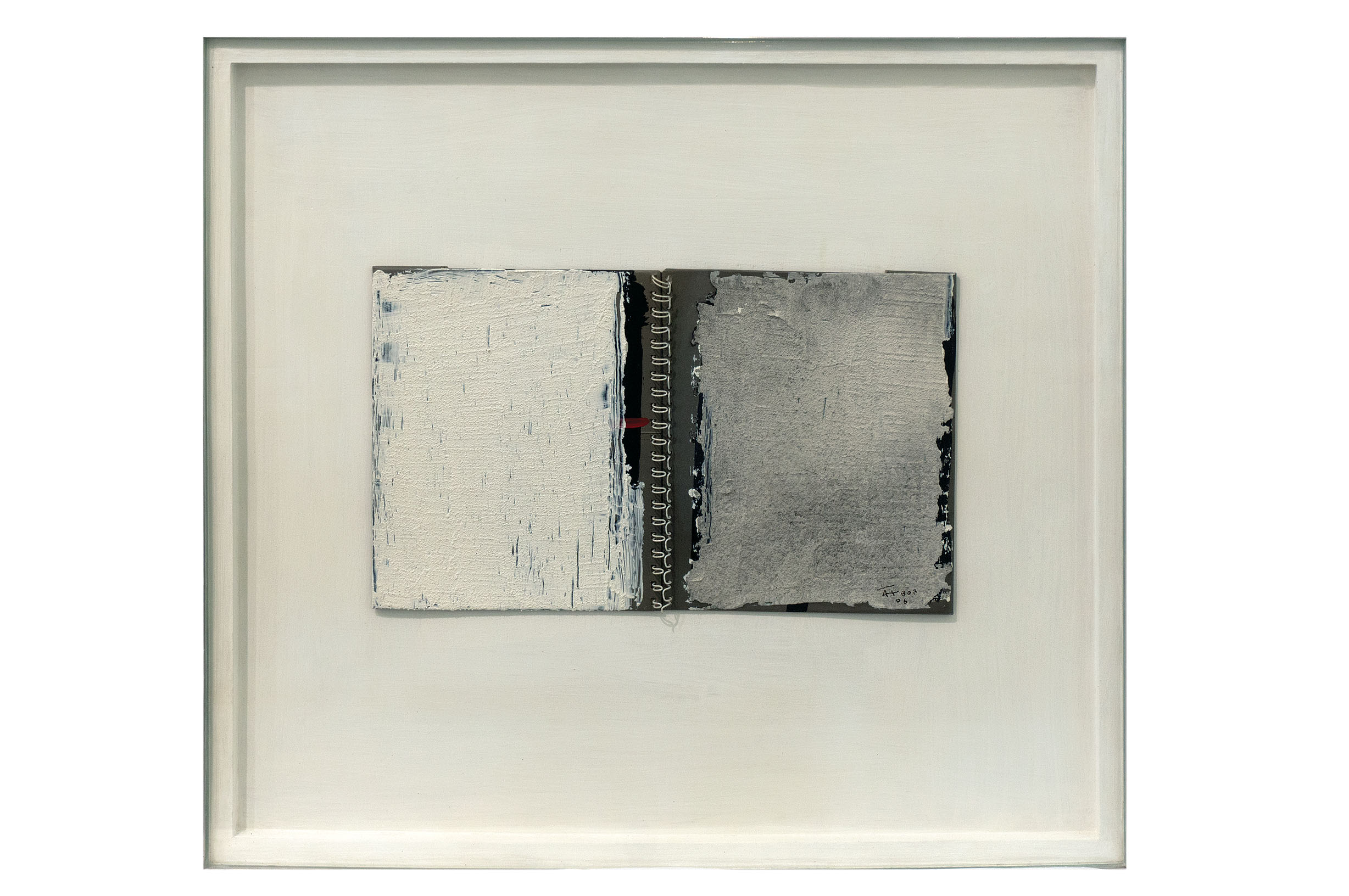
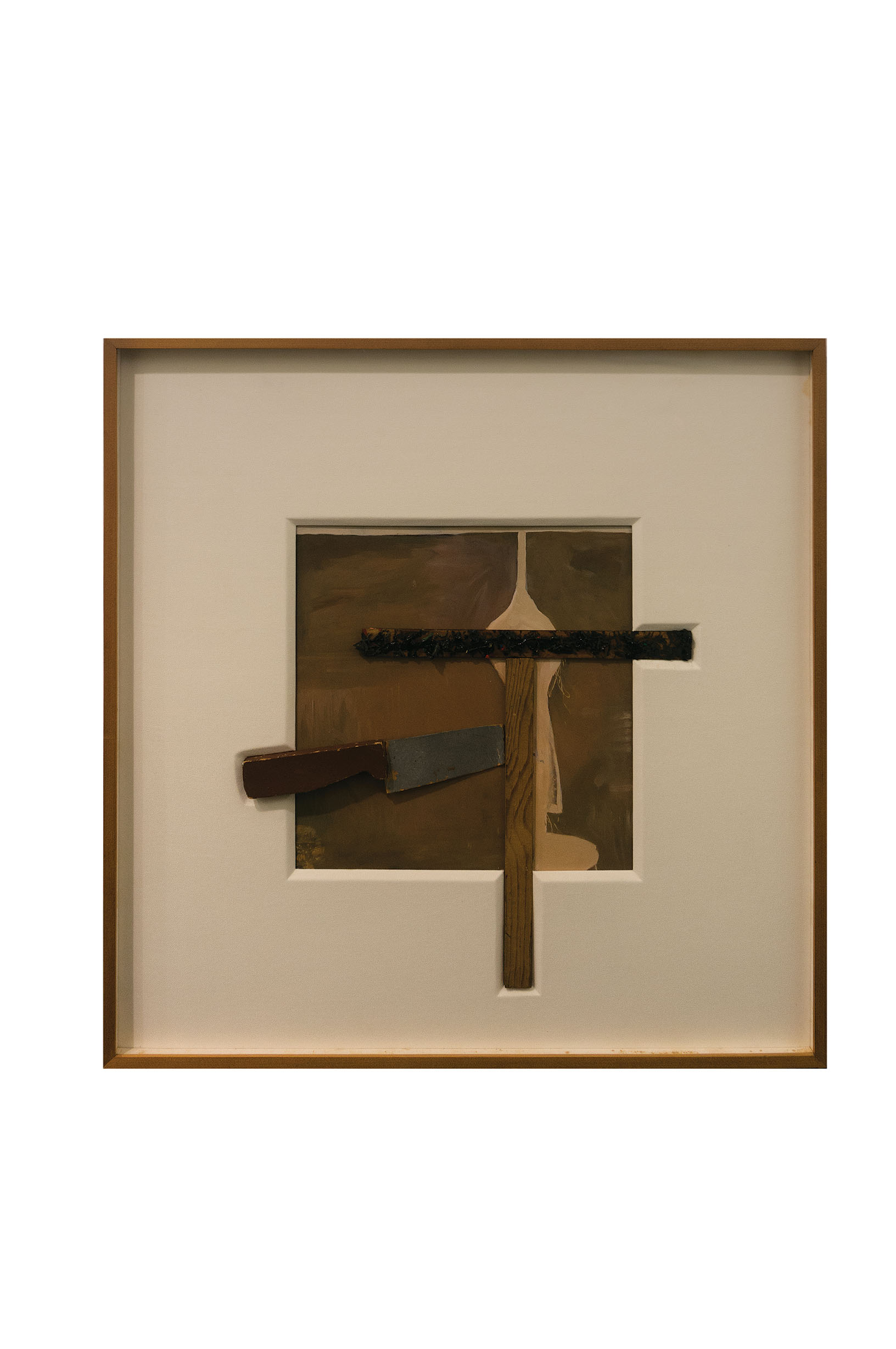
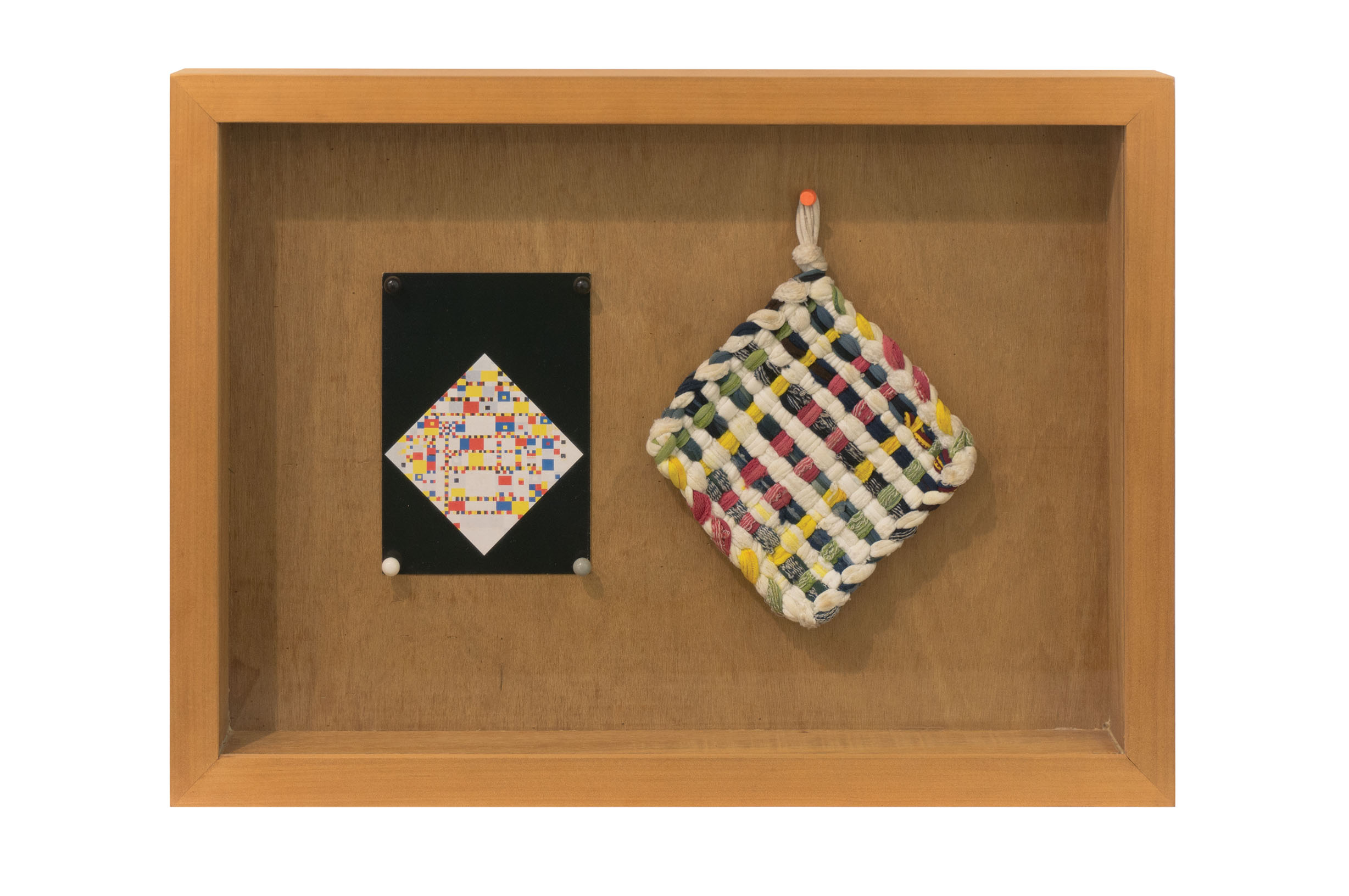
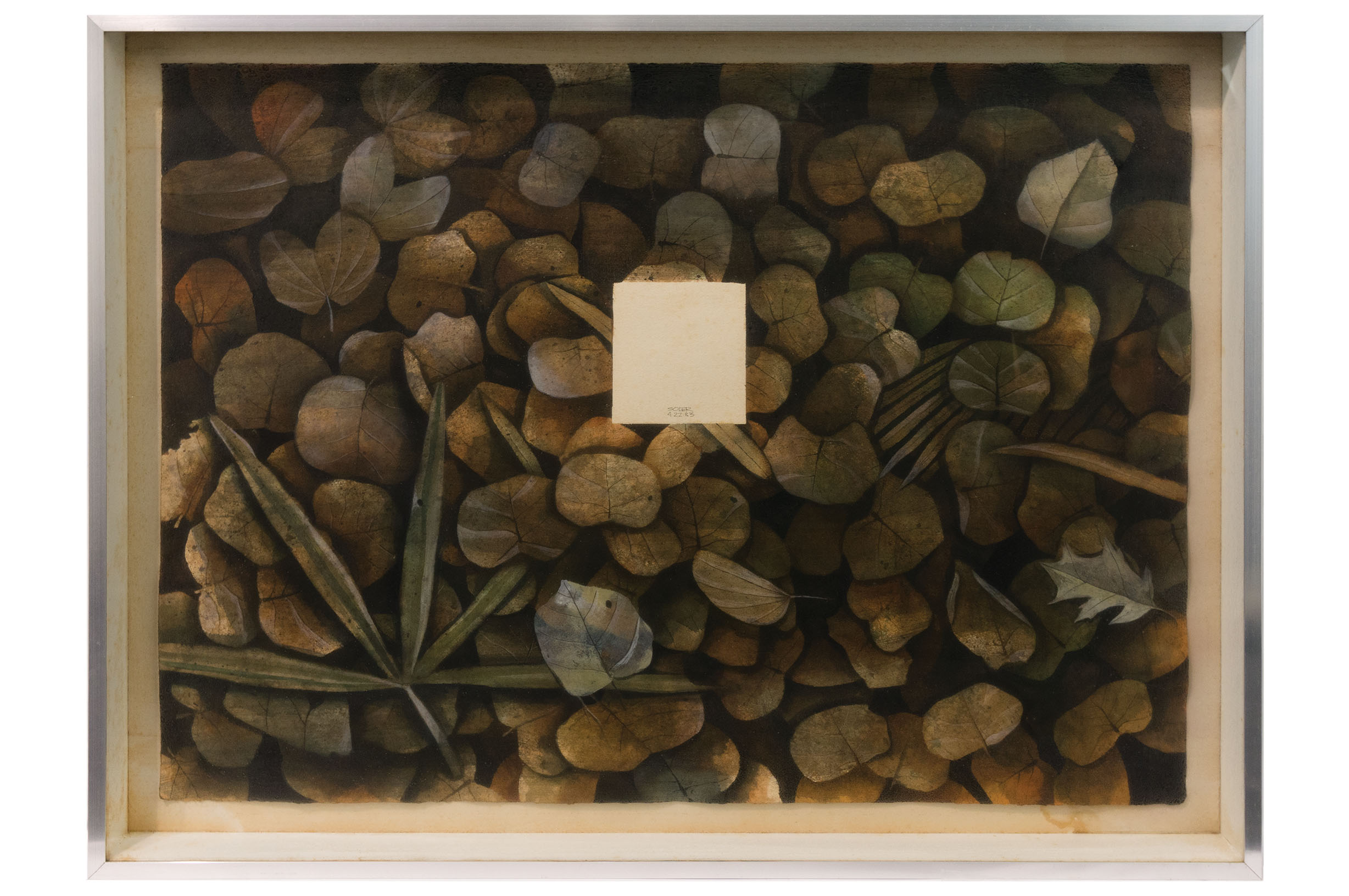
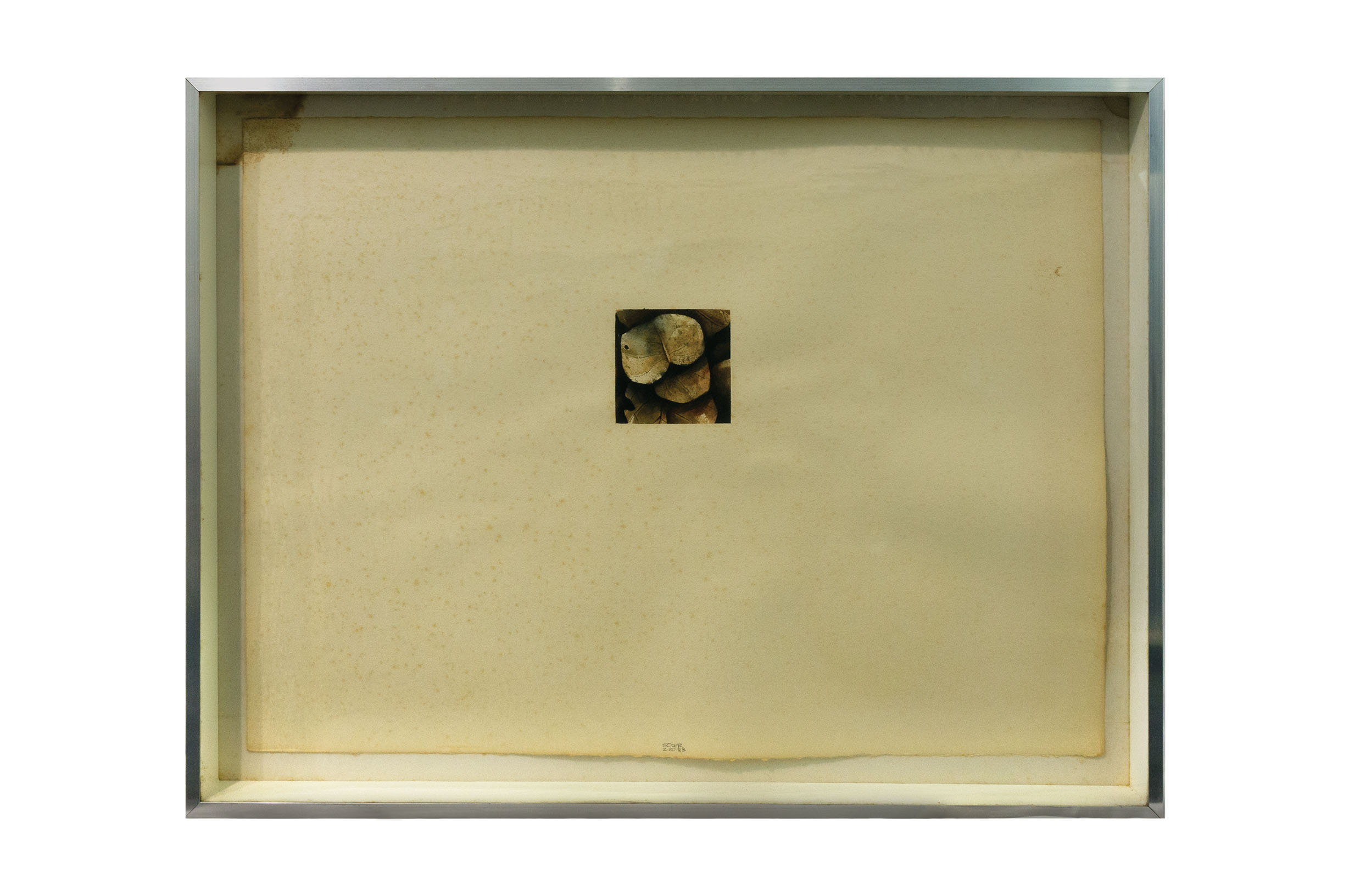
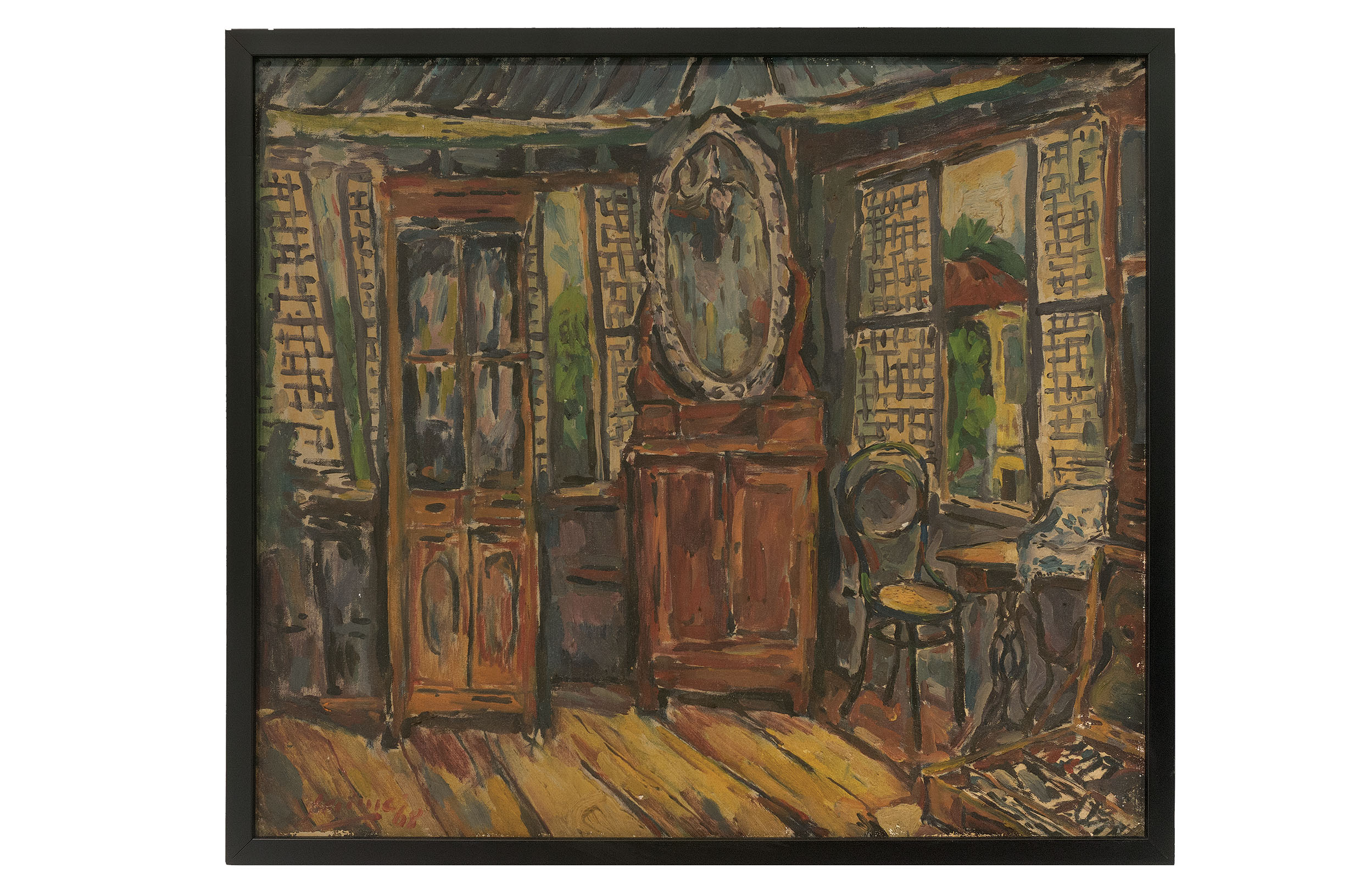

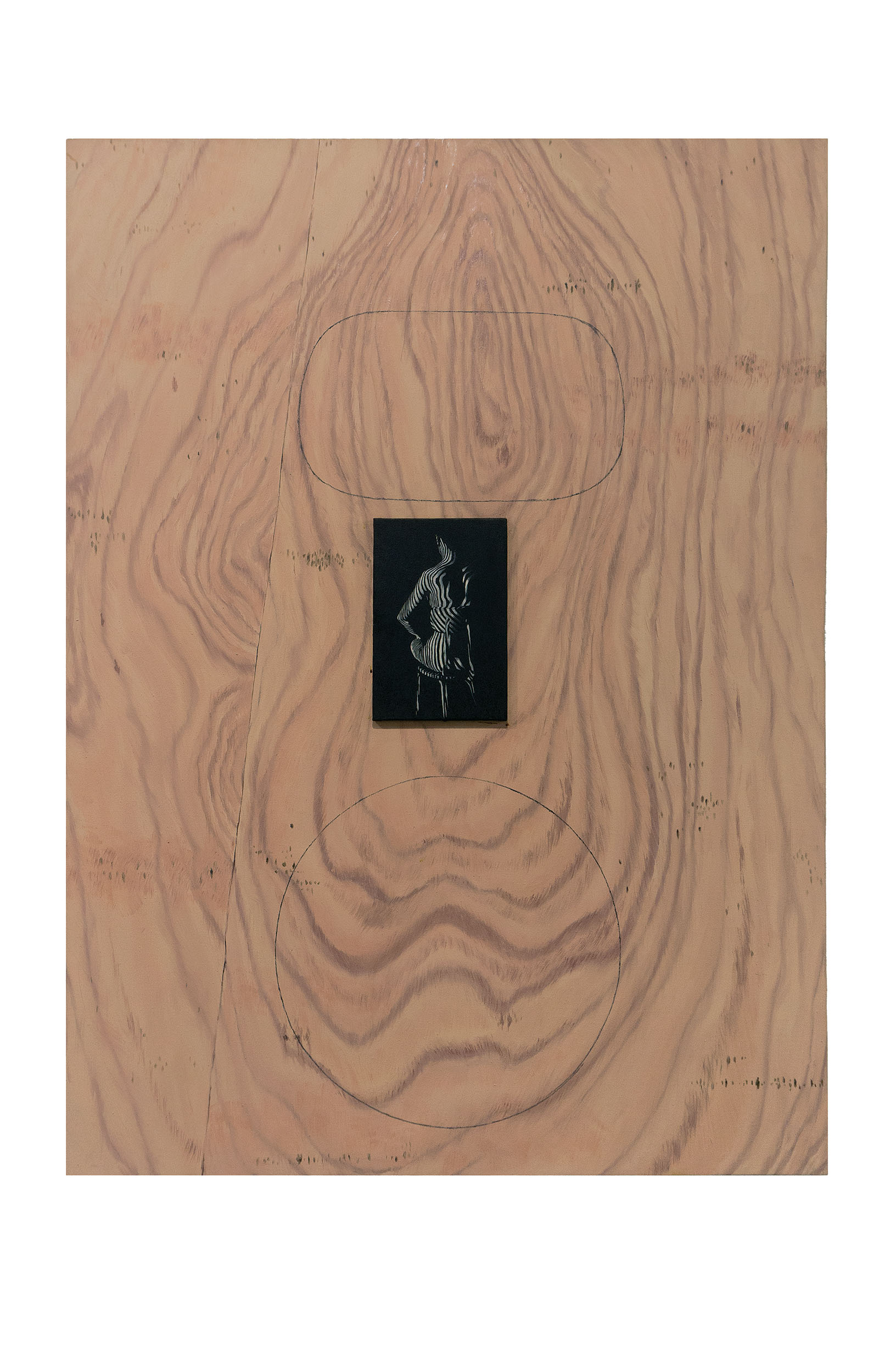
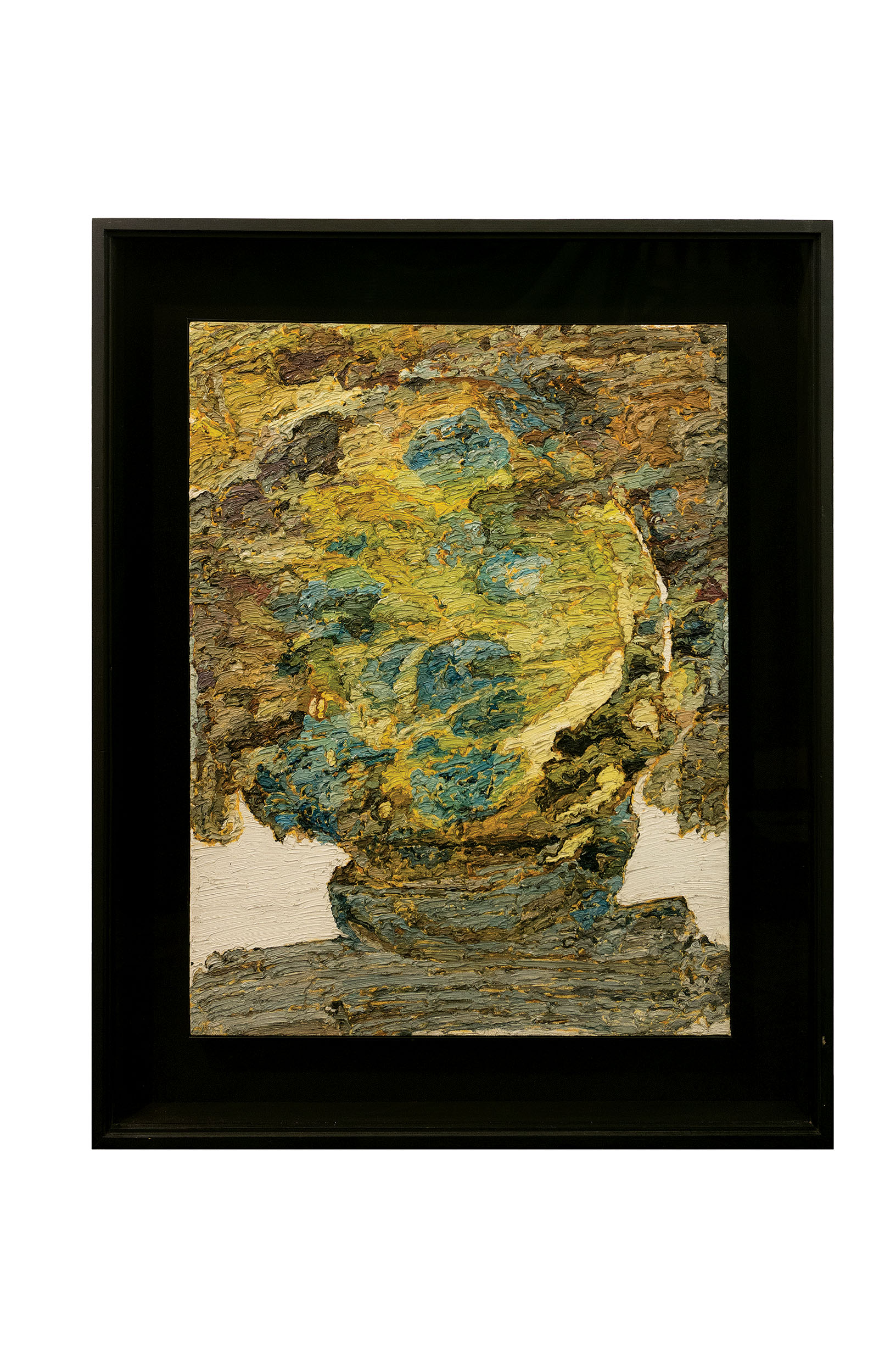
%201.jpg.jpg)
%202.jpg.jpg)
%203.jpg.jpg)
%204.jpg.jpg)
%205.jpg.jpg)
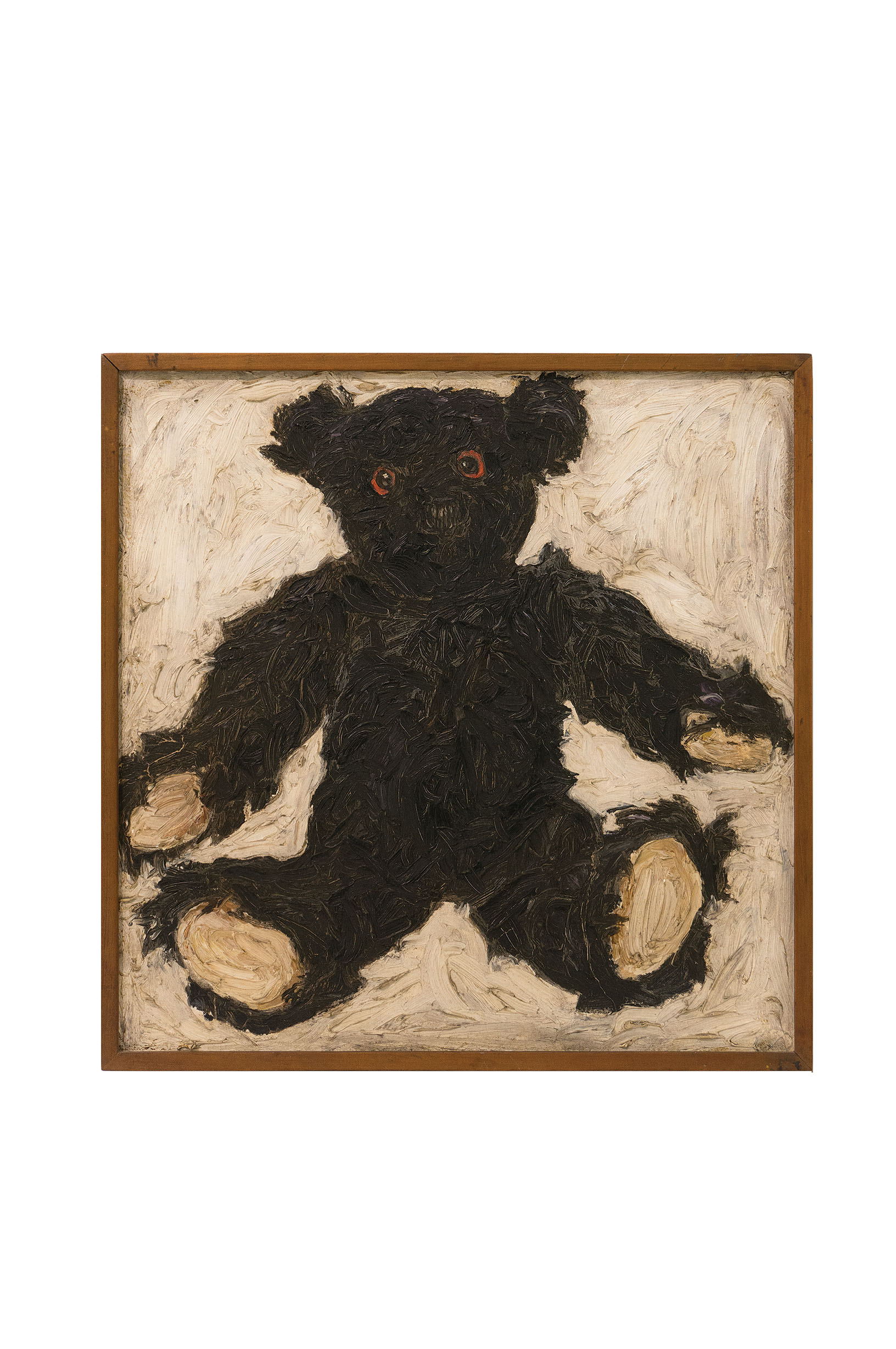
-01.jpg.jpg)
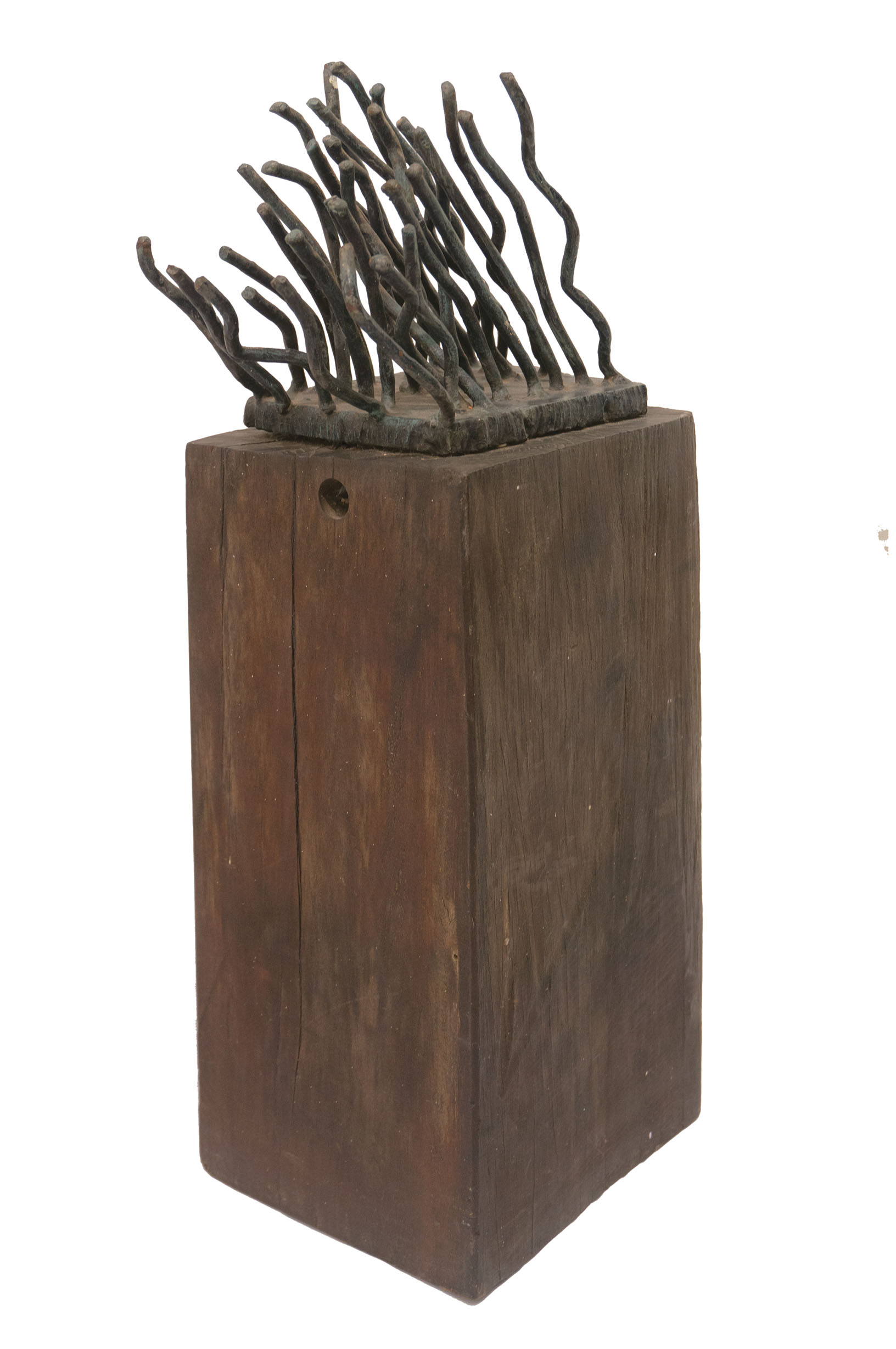
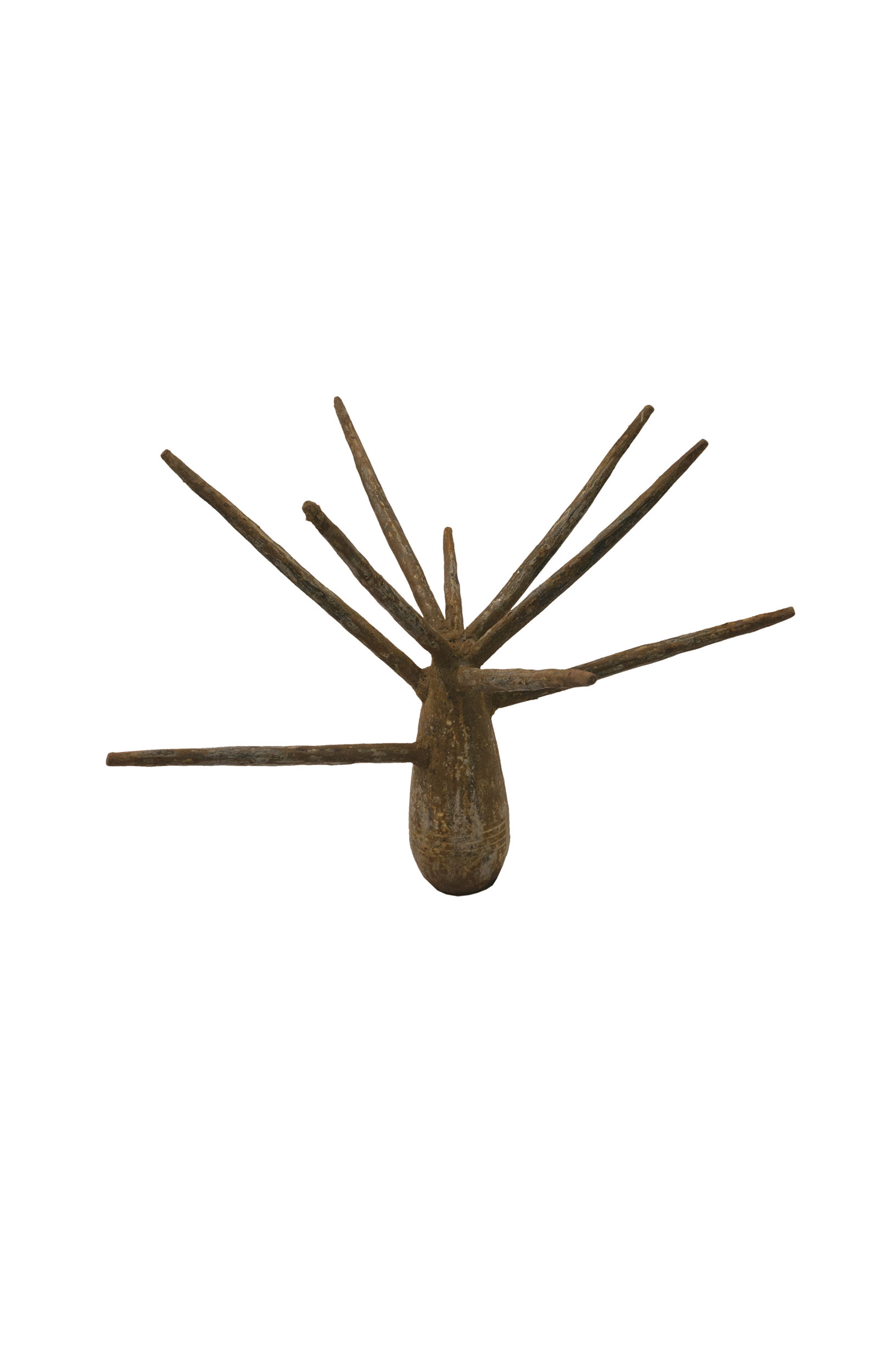
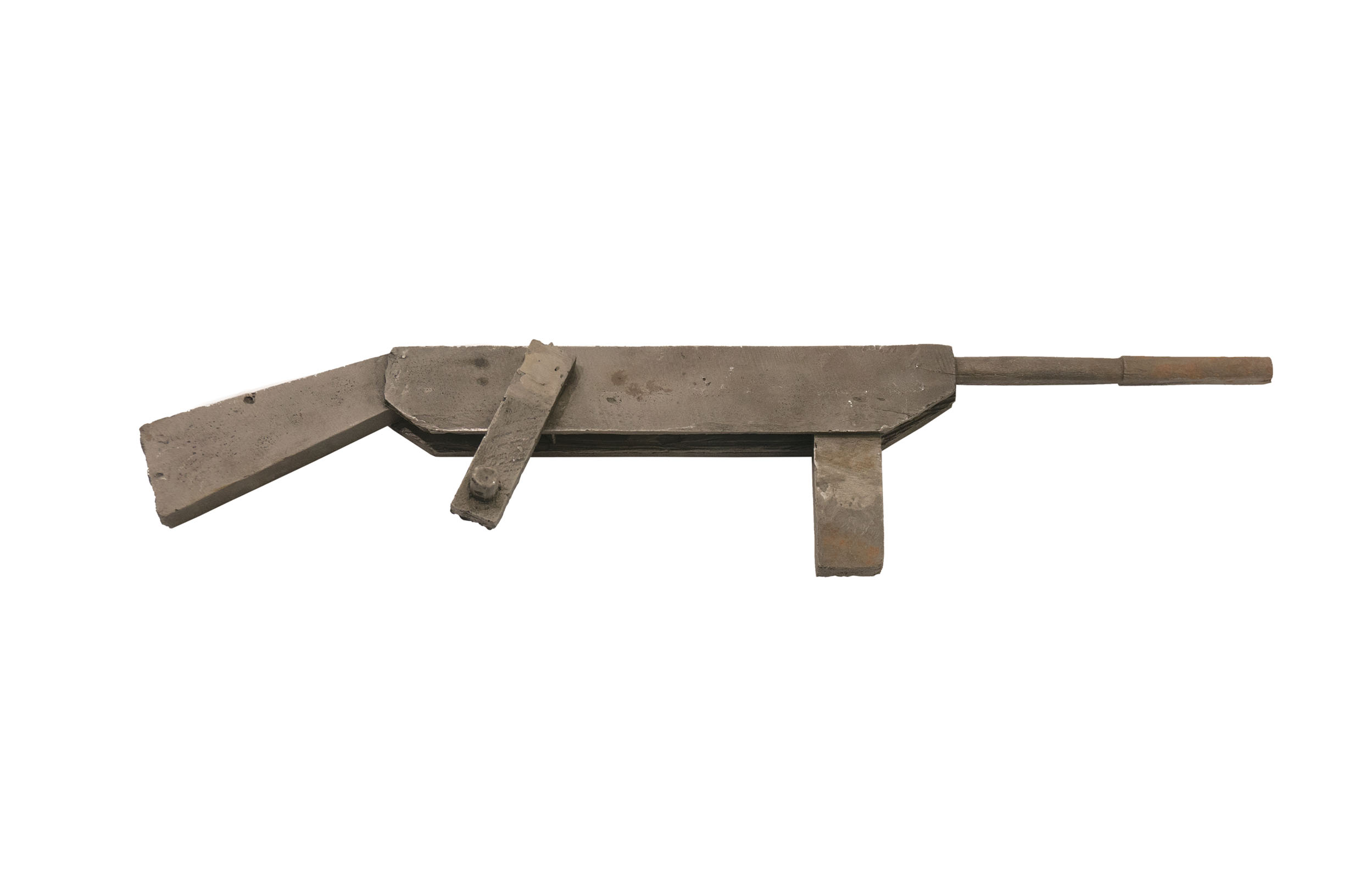
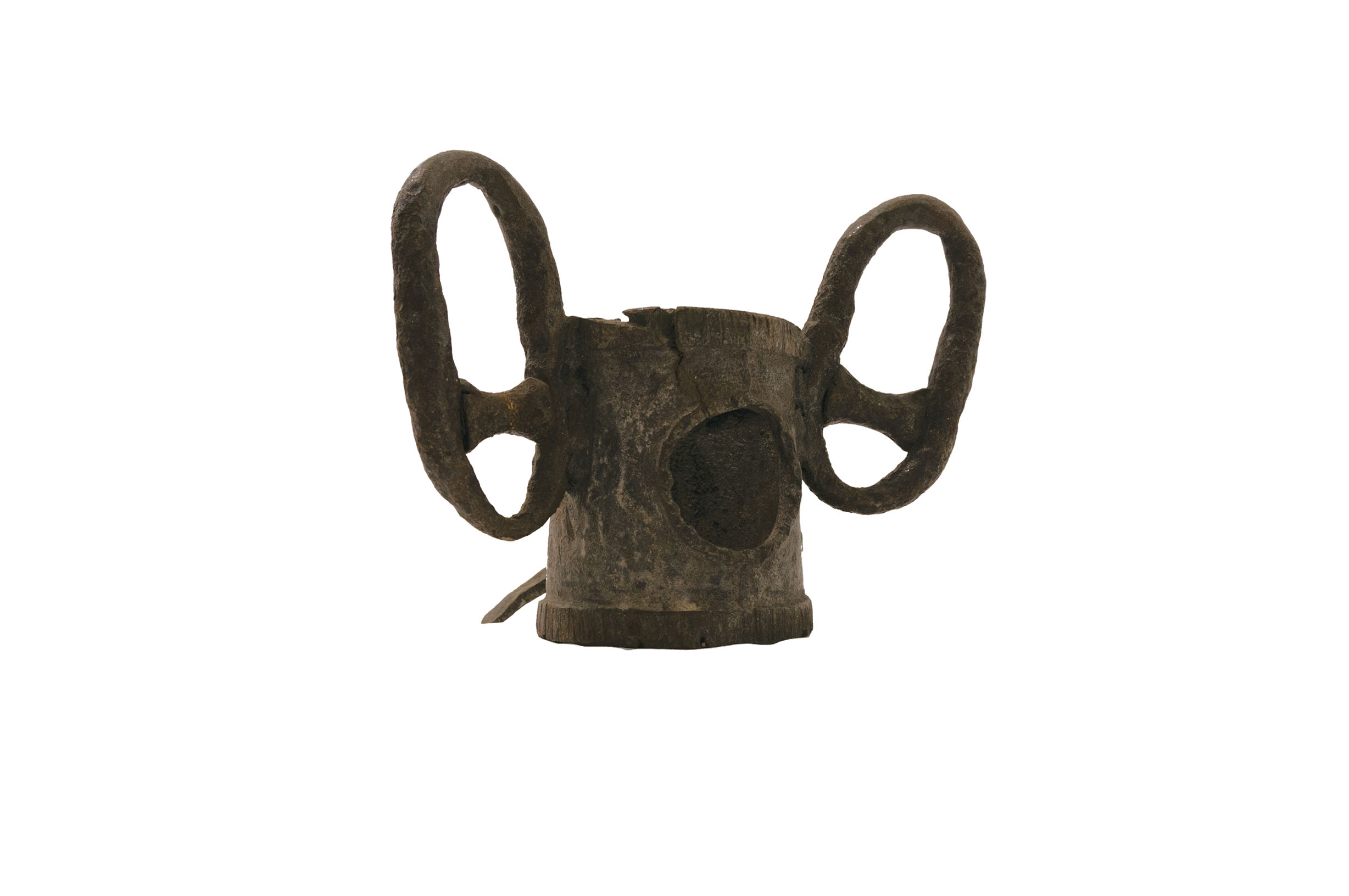
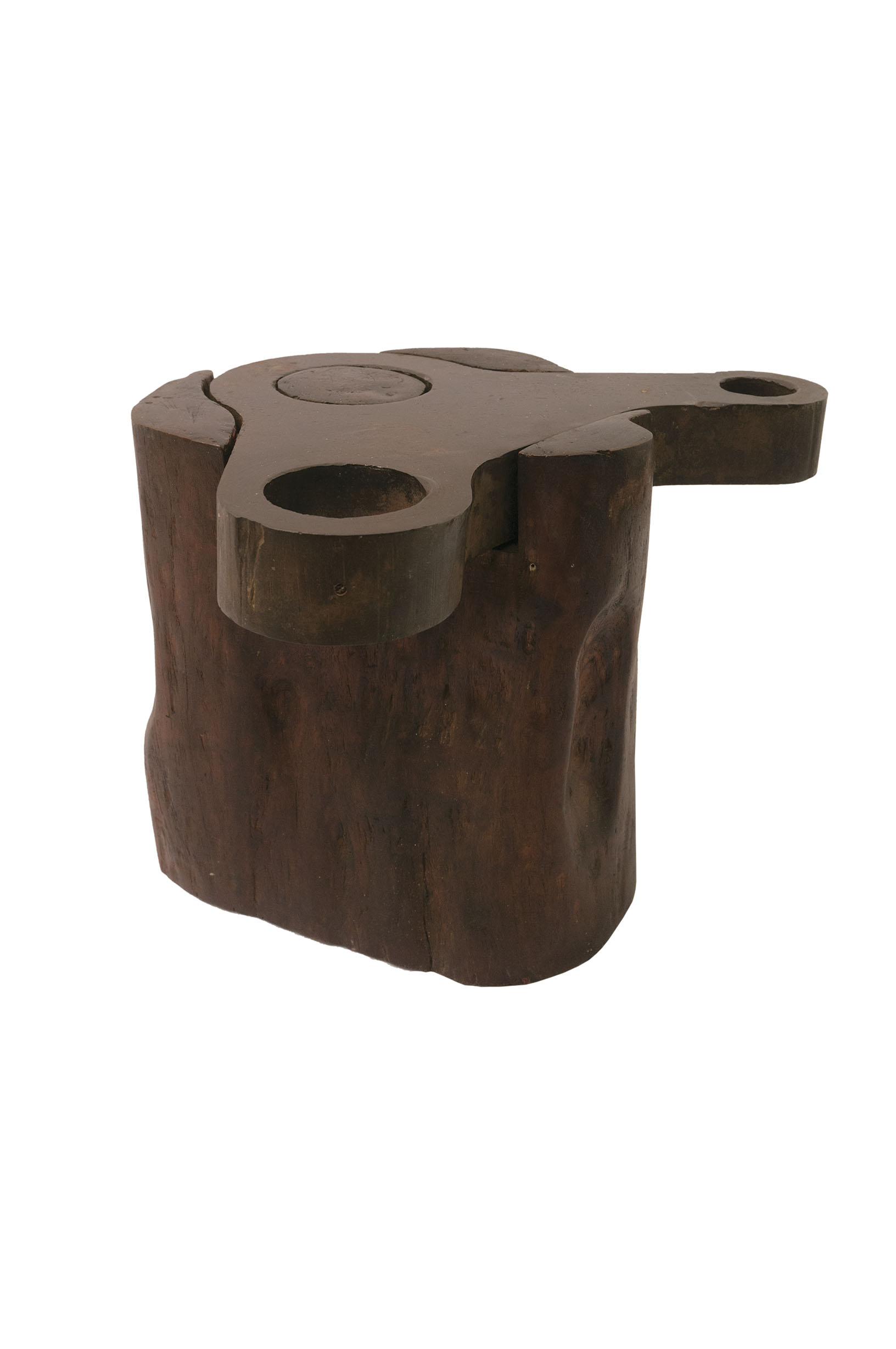
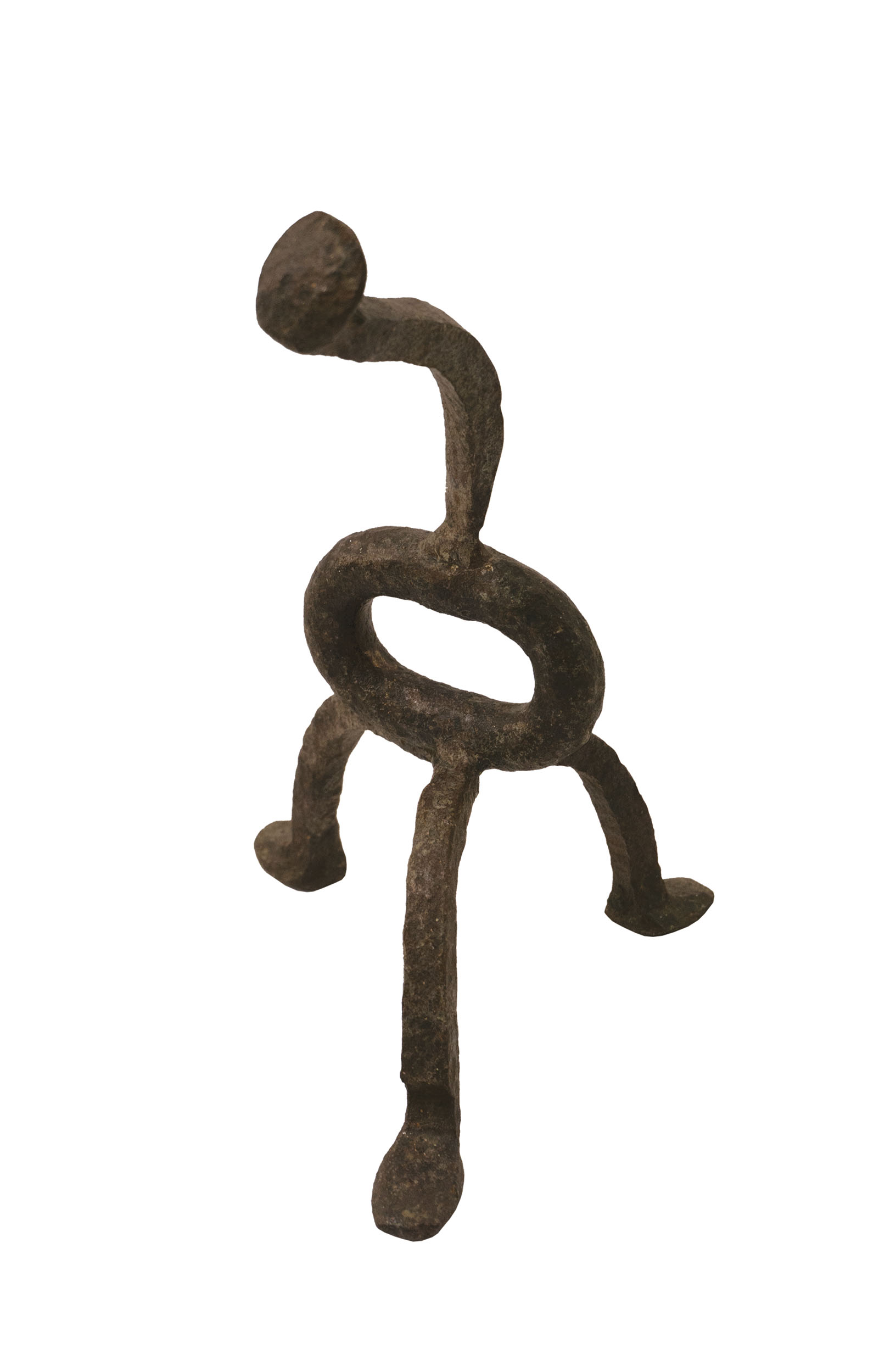

.jpg.jpg)
